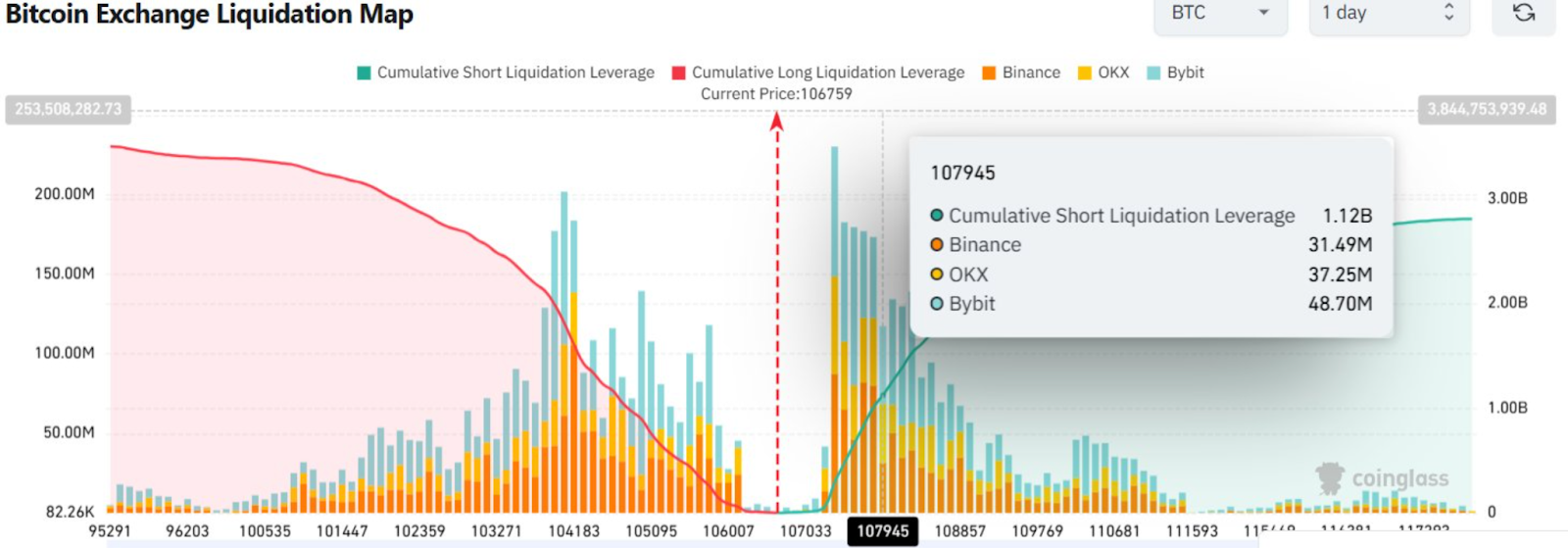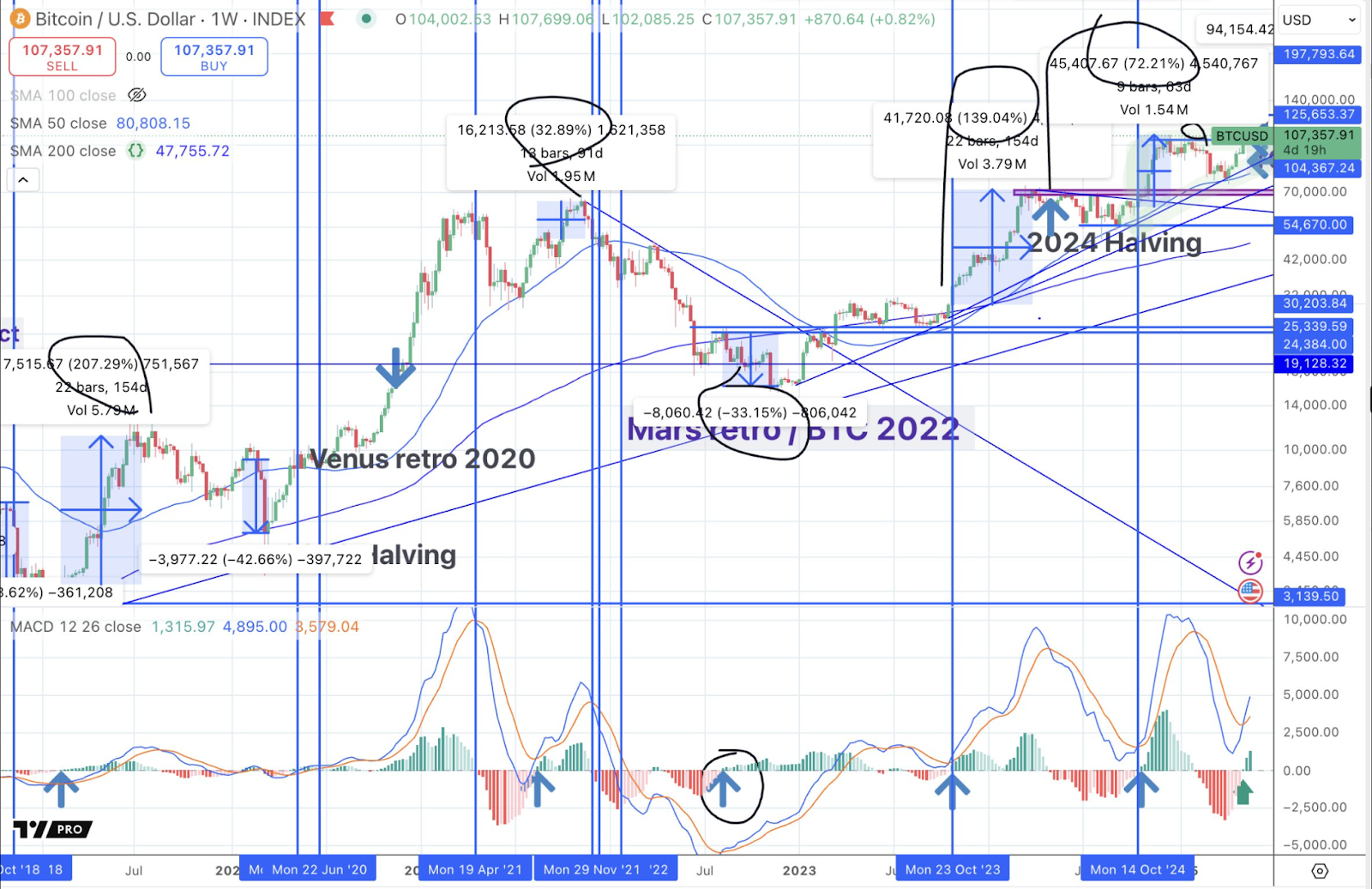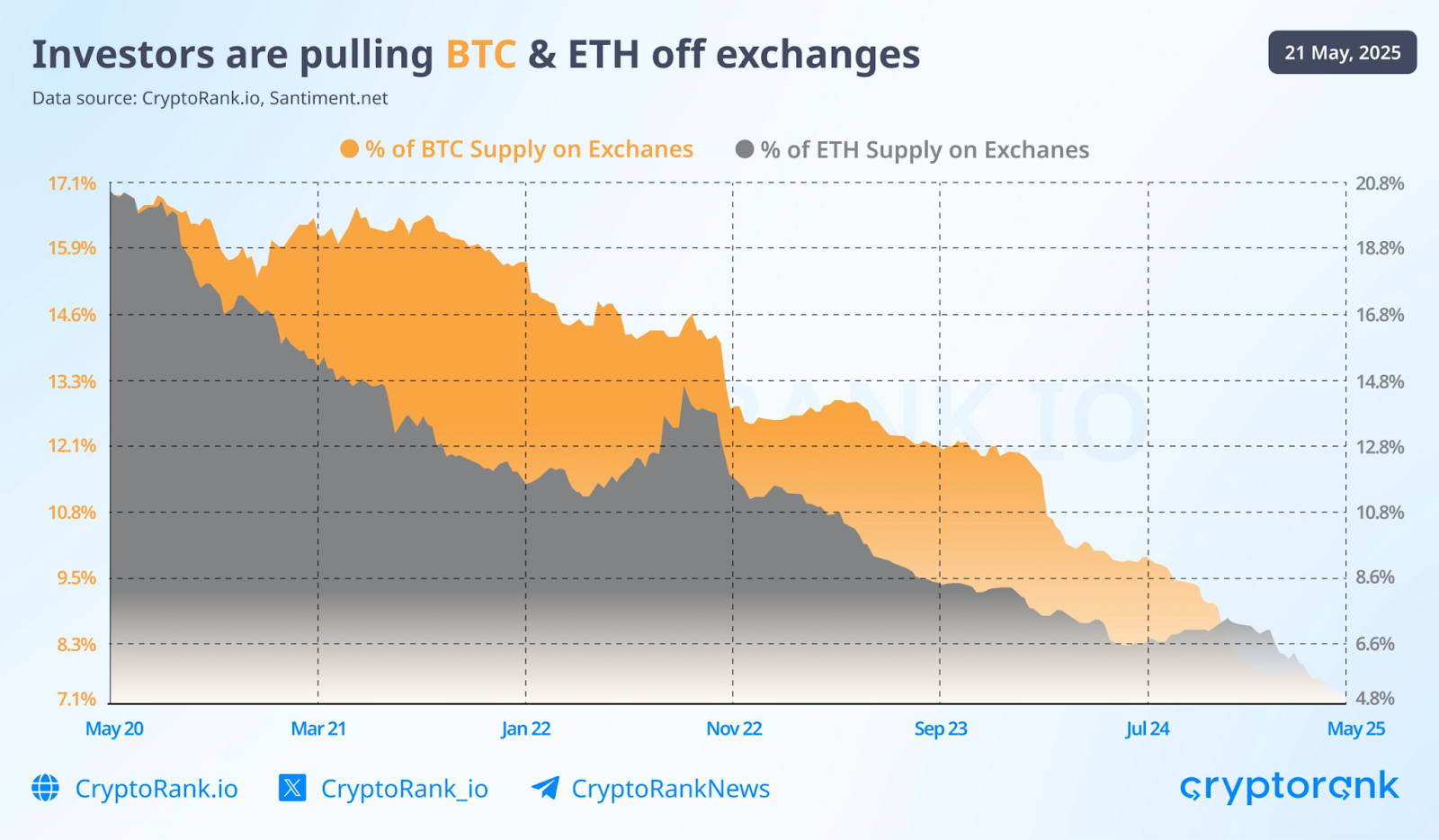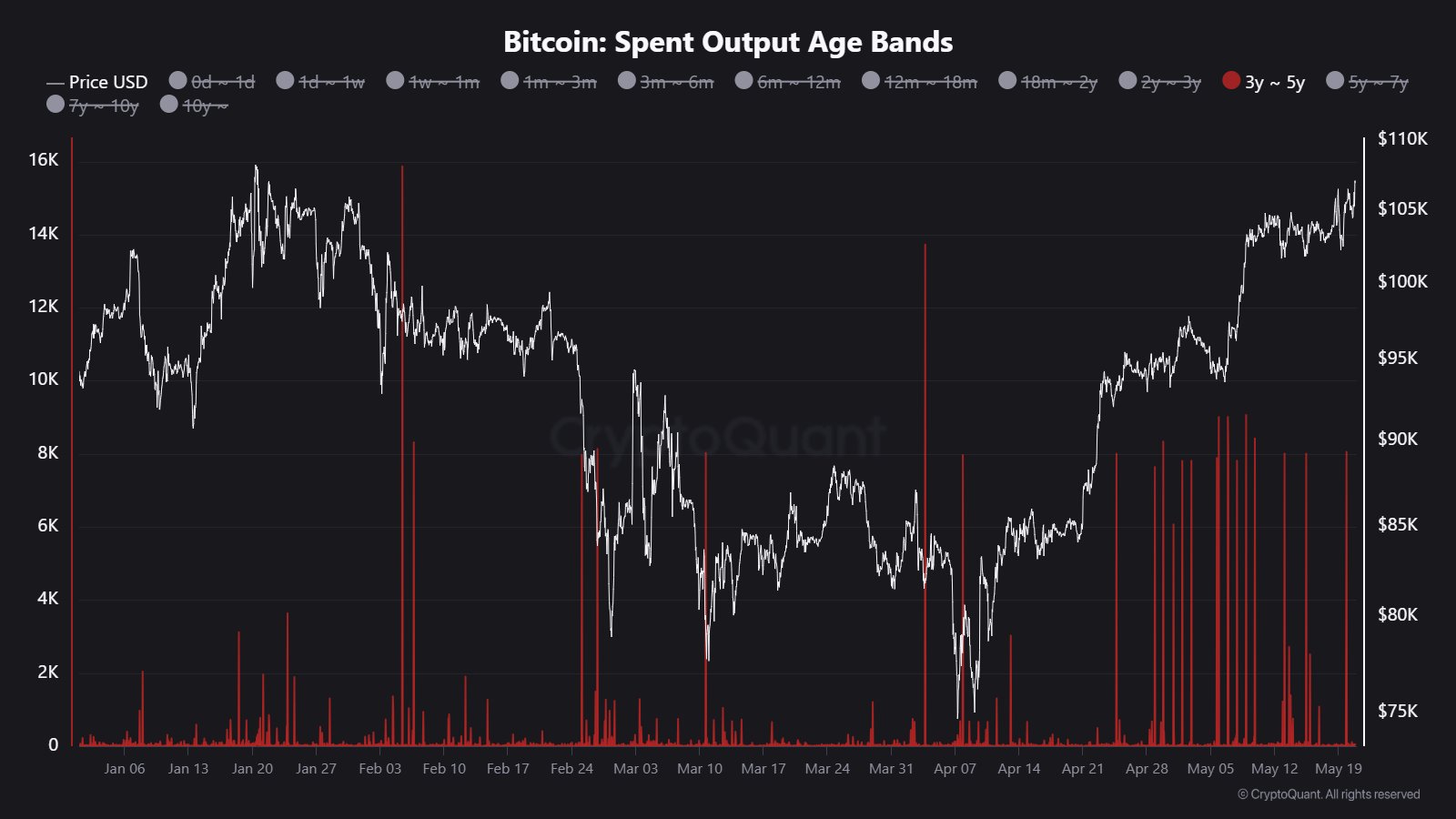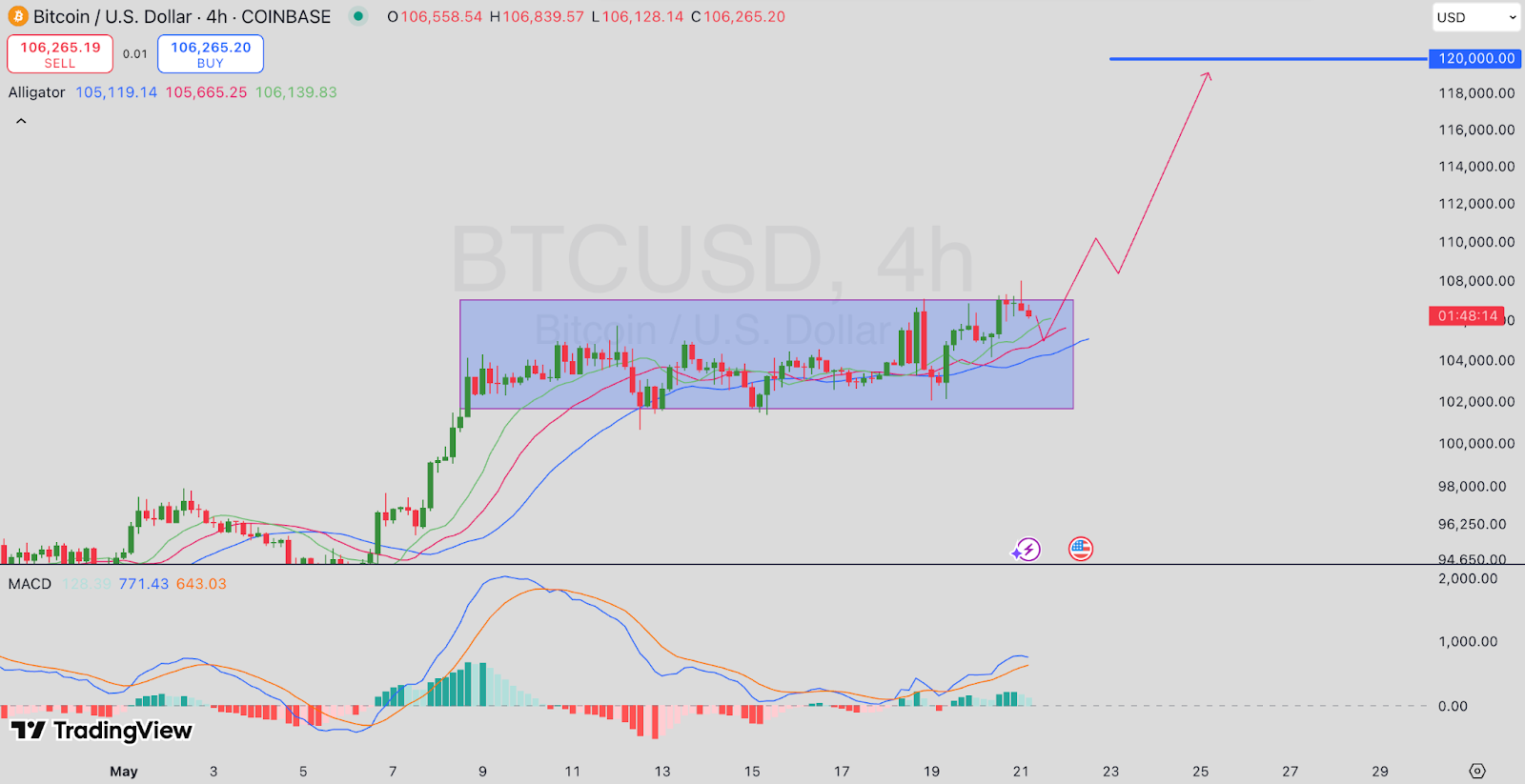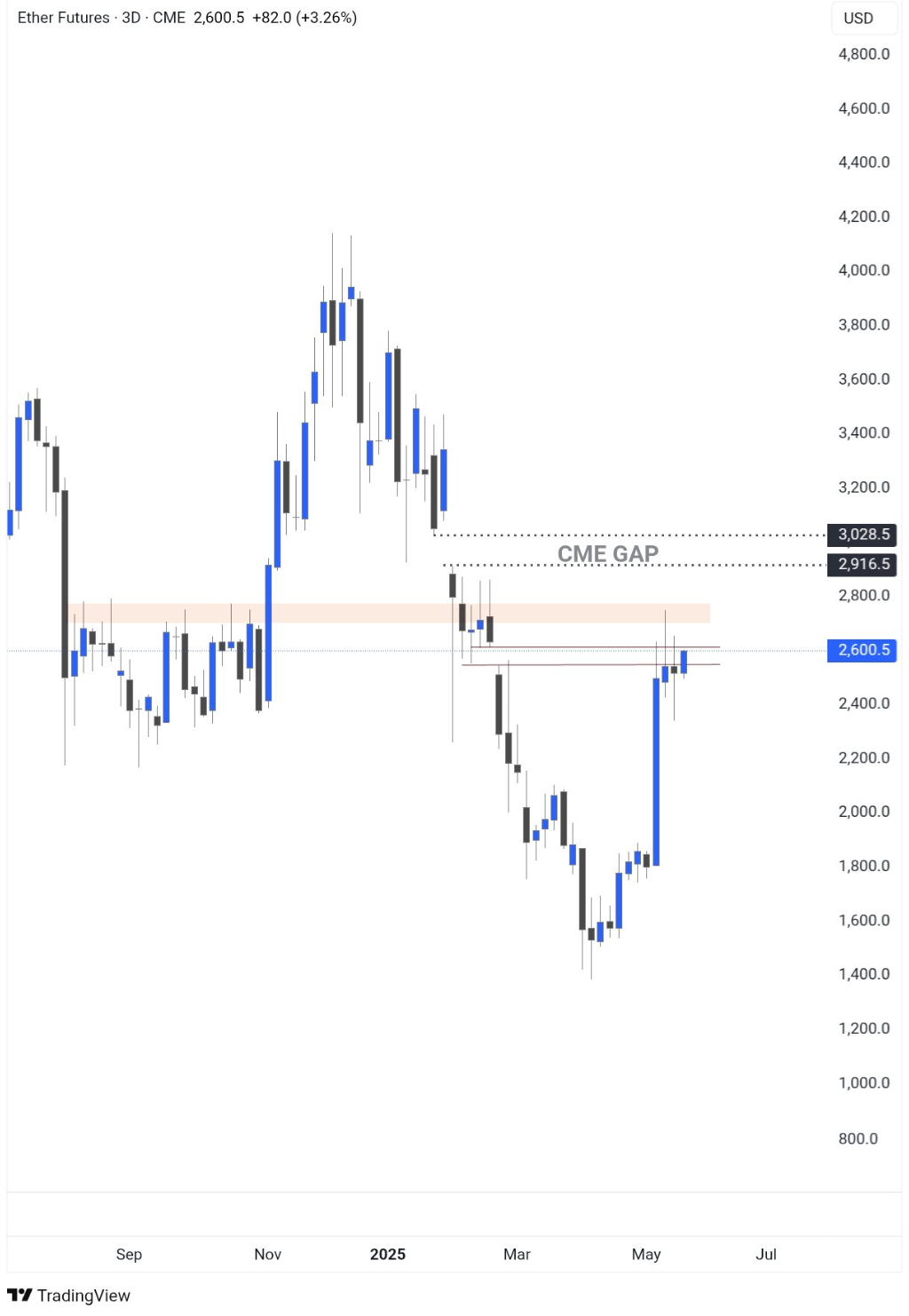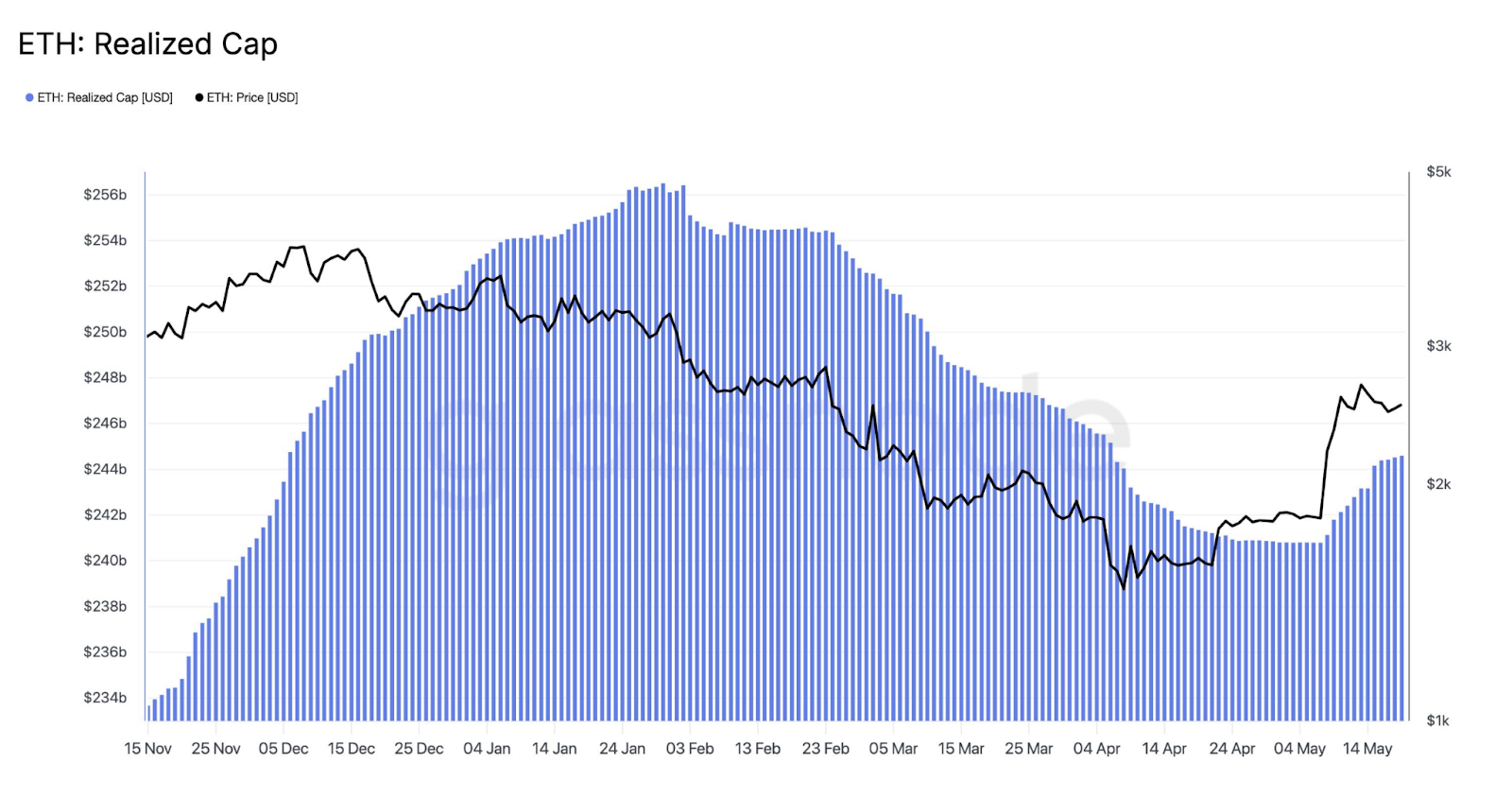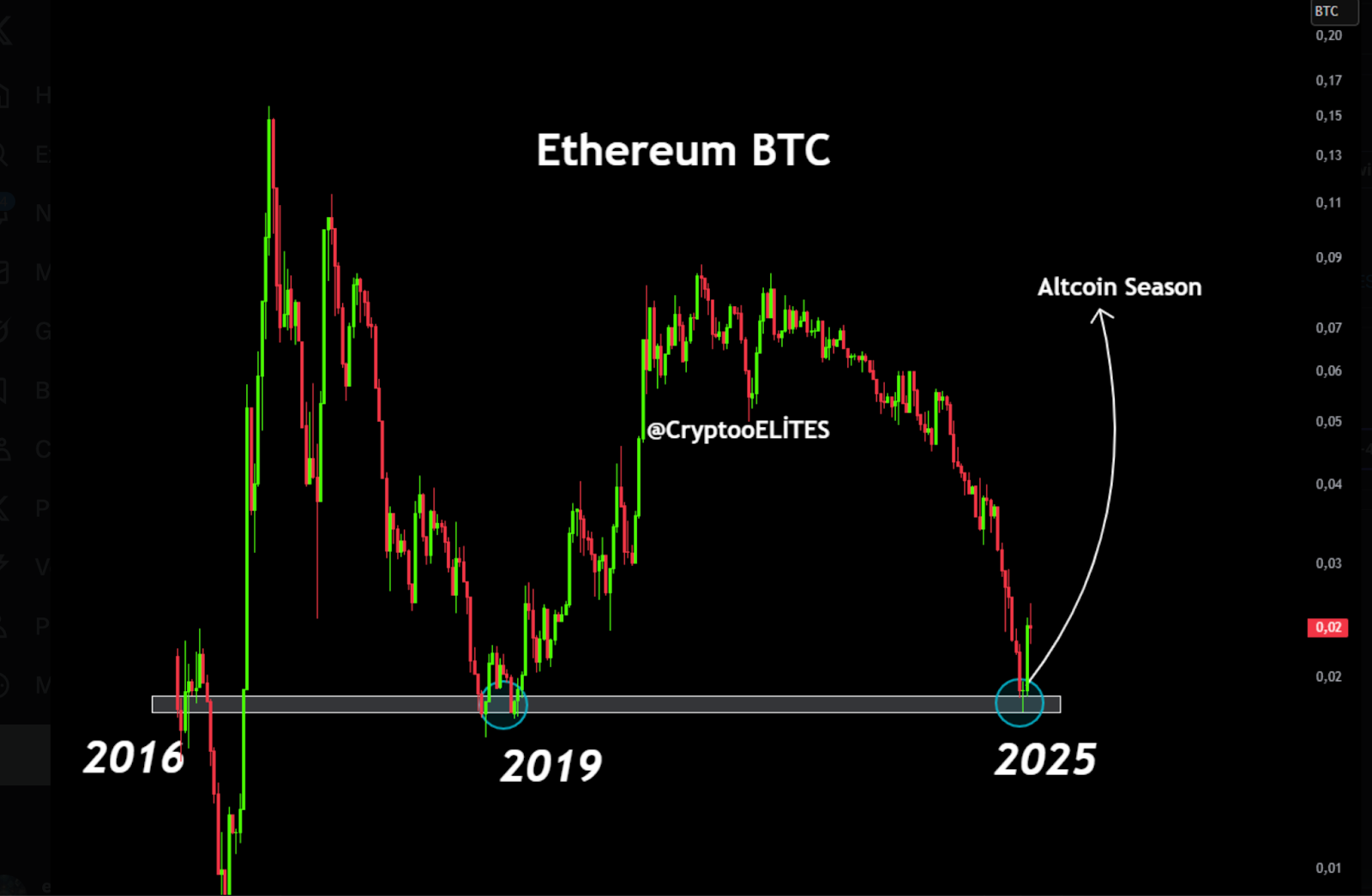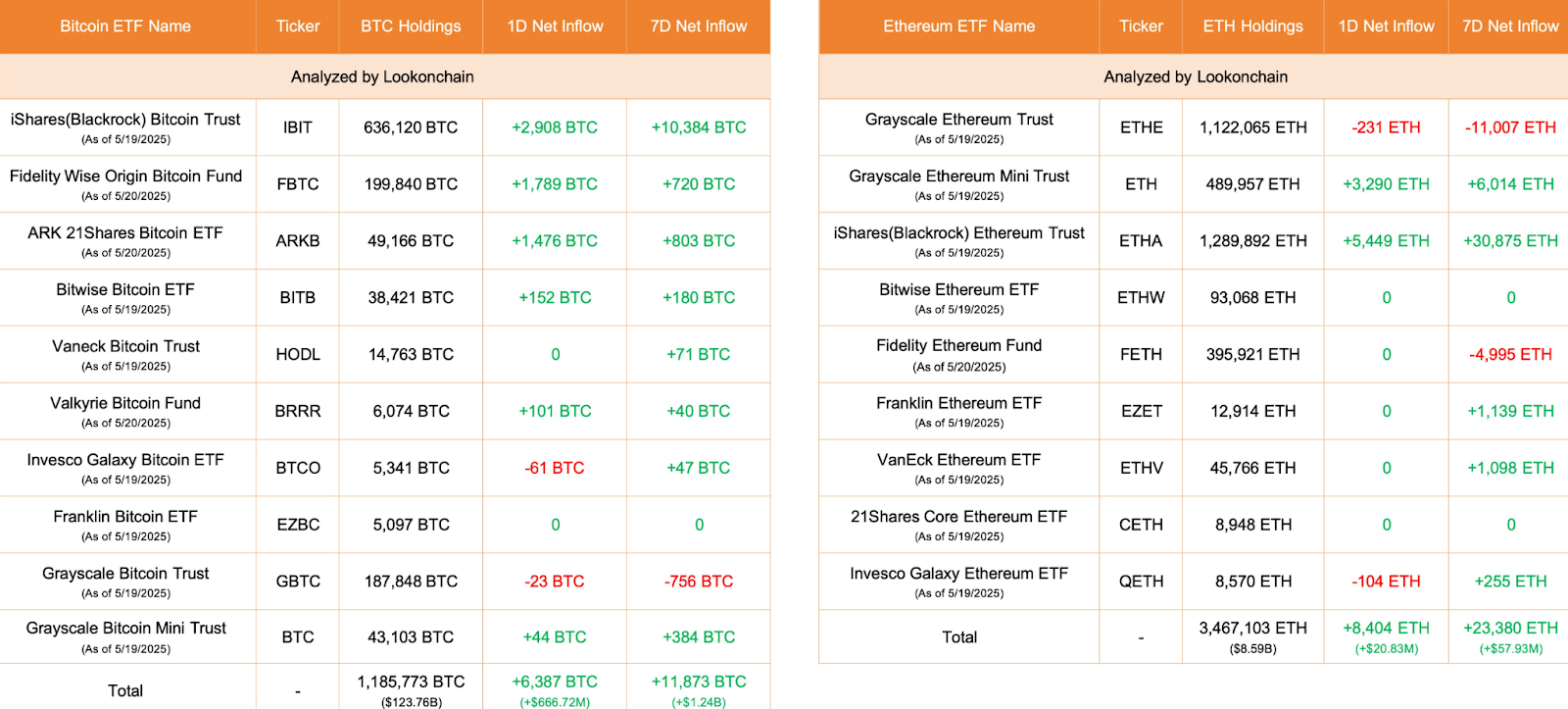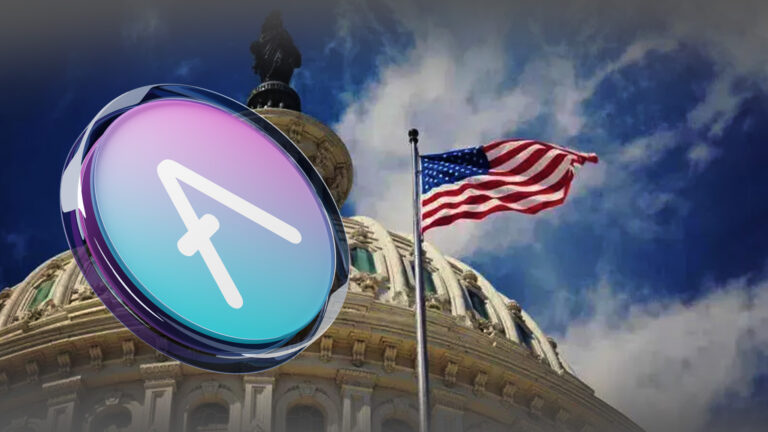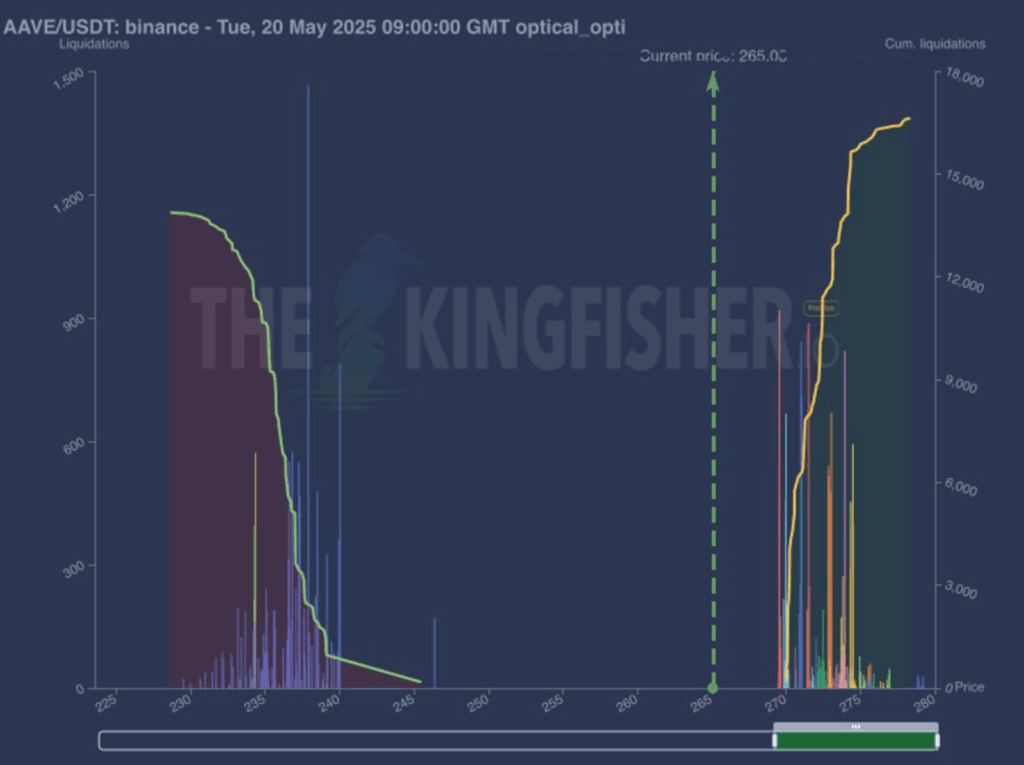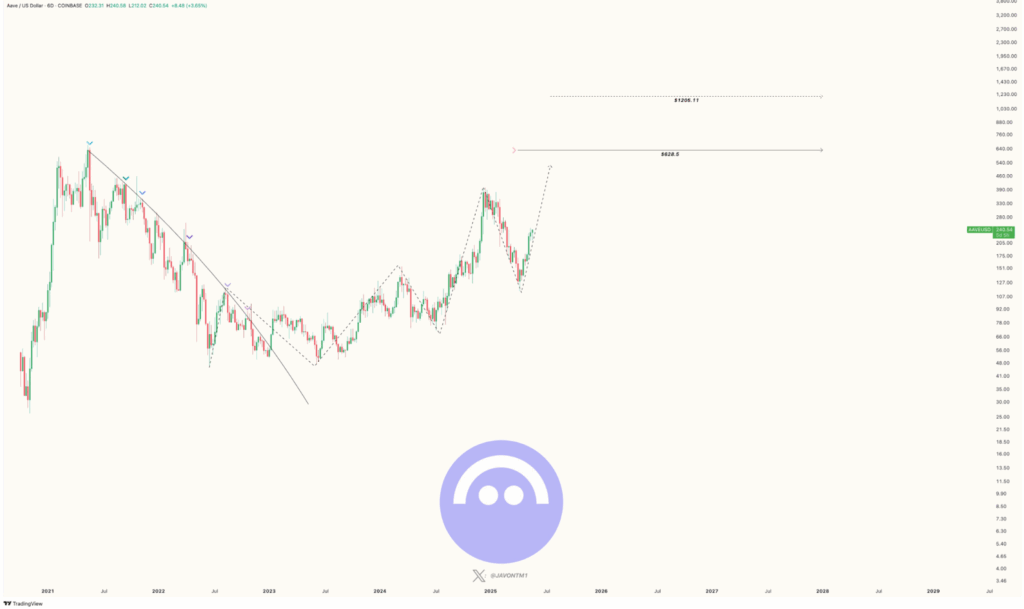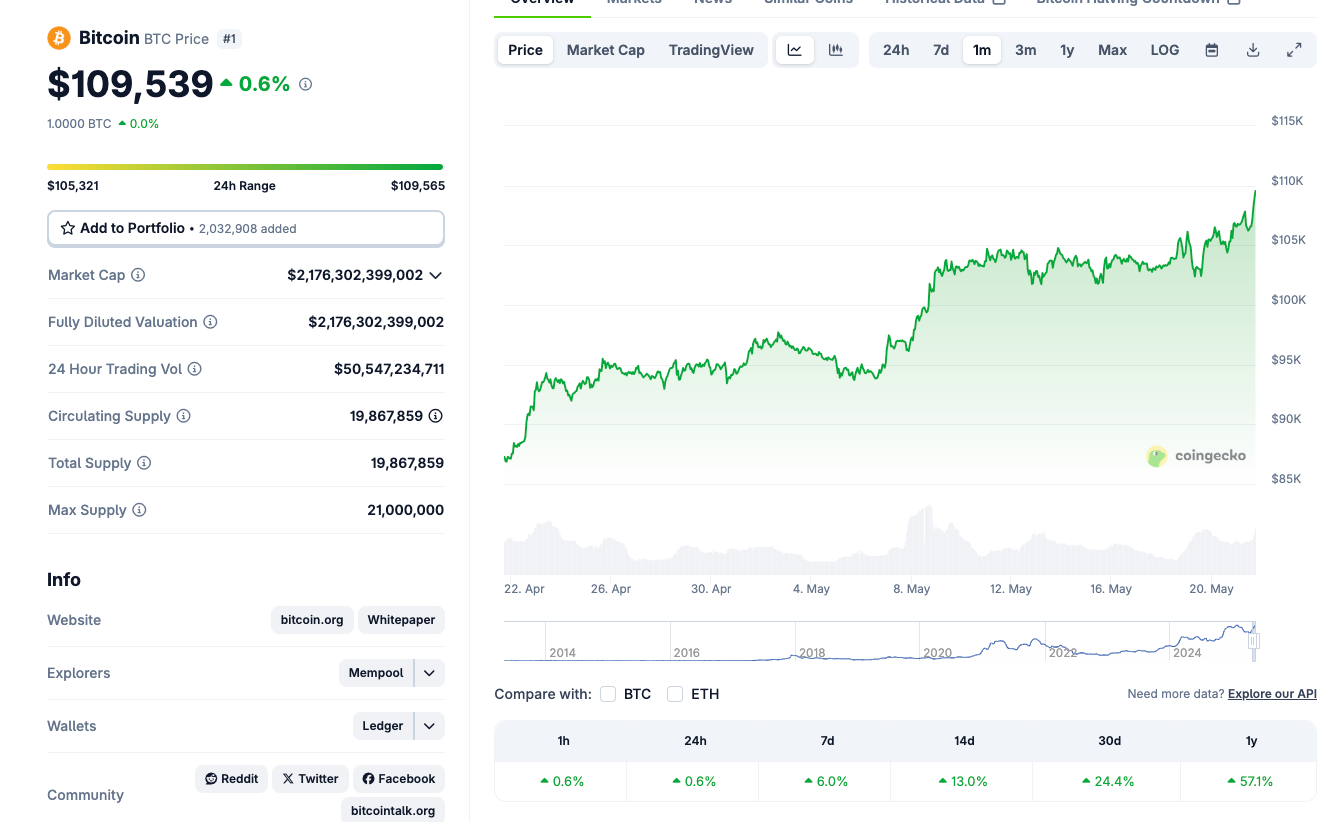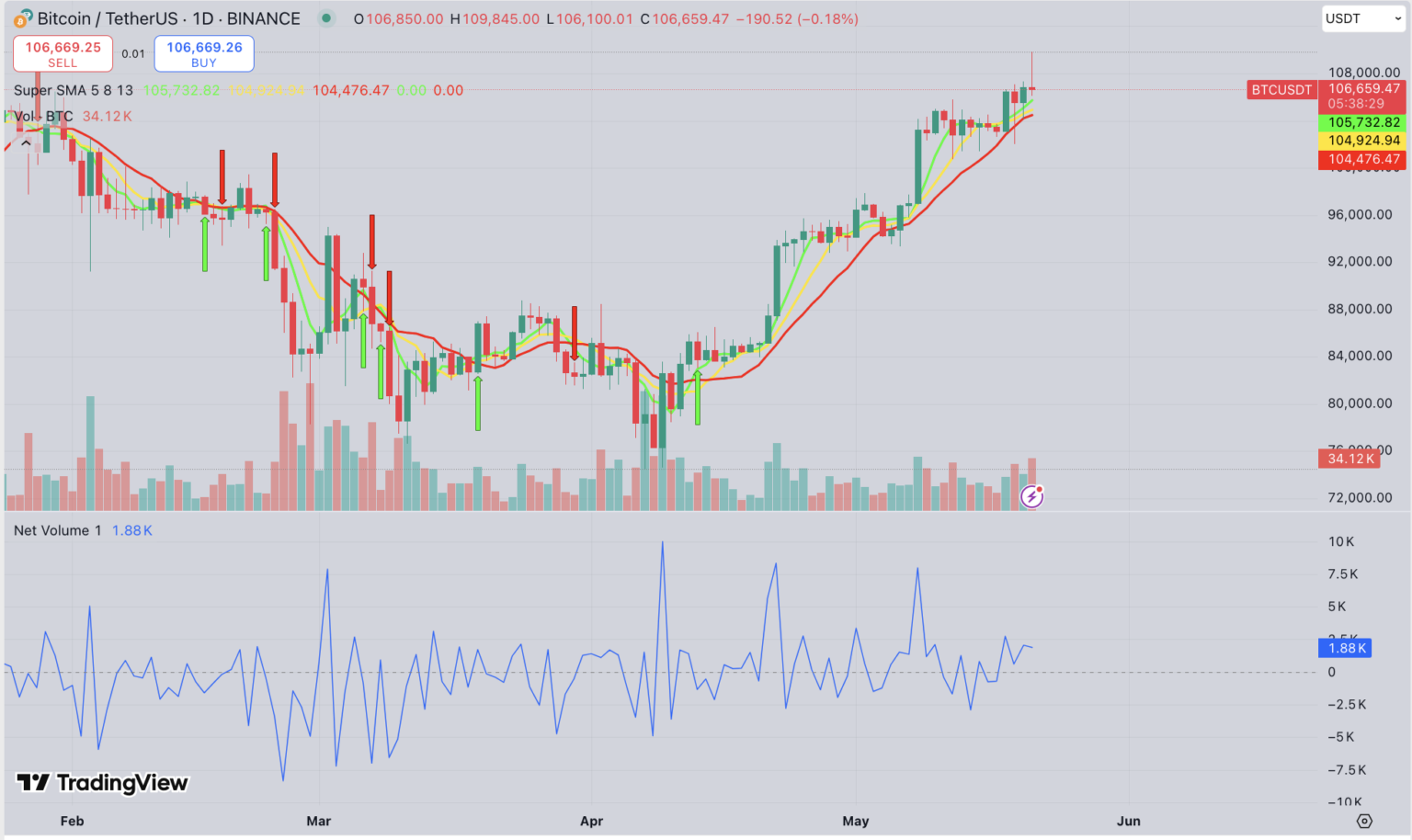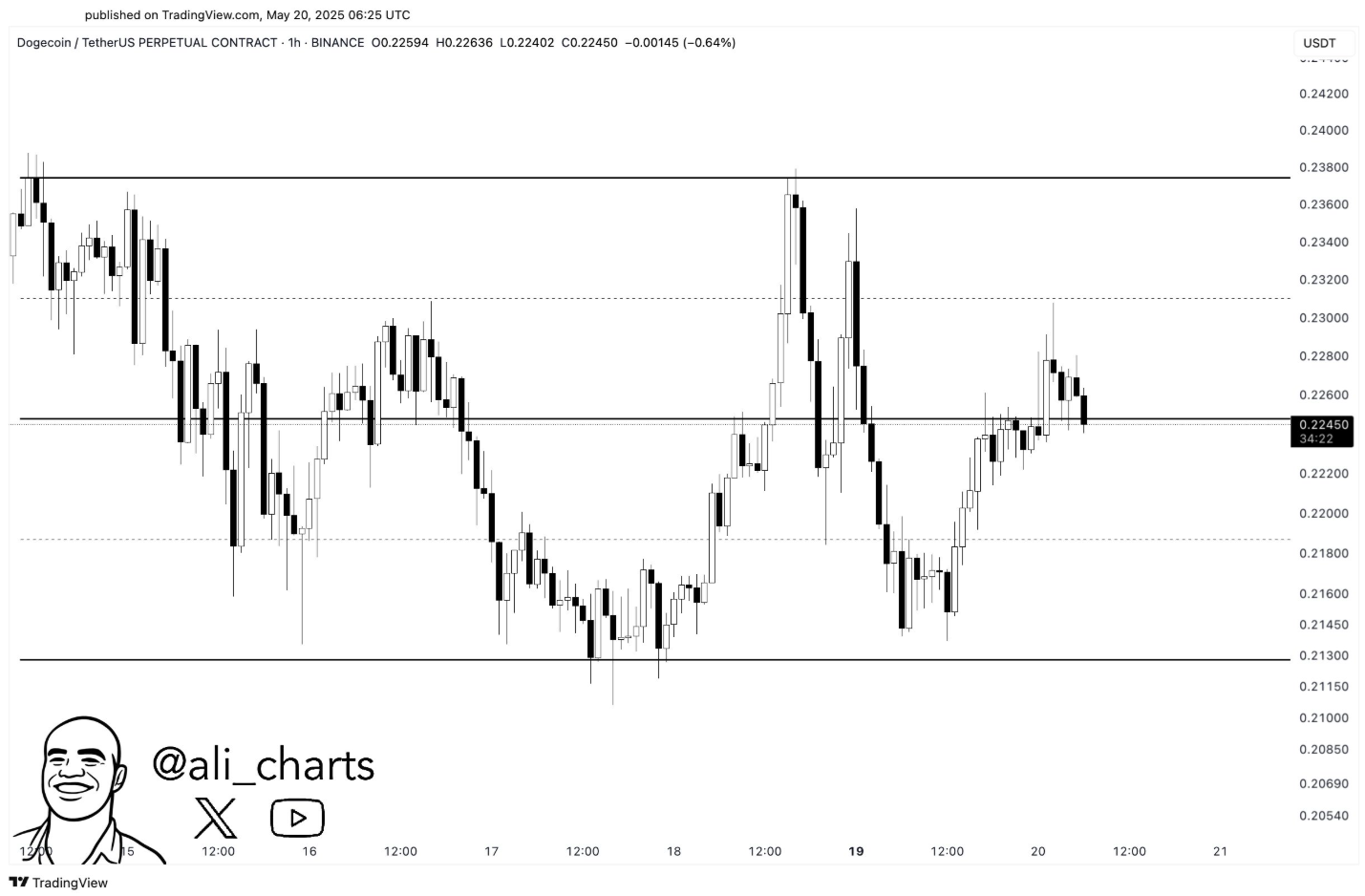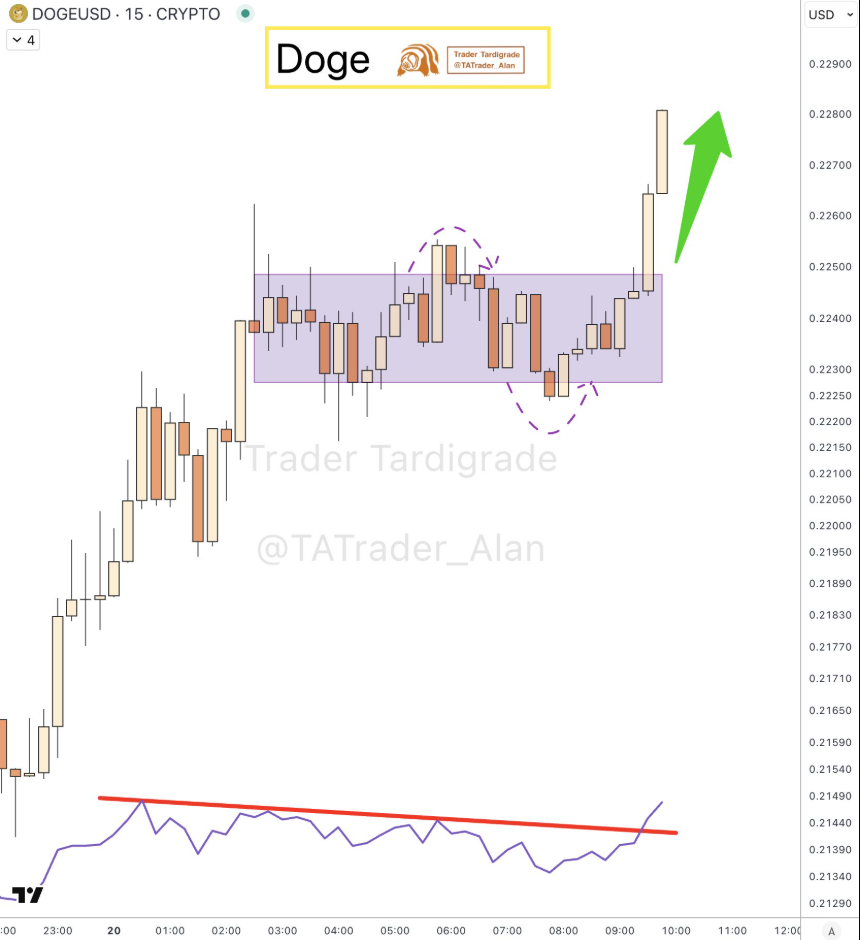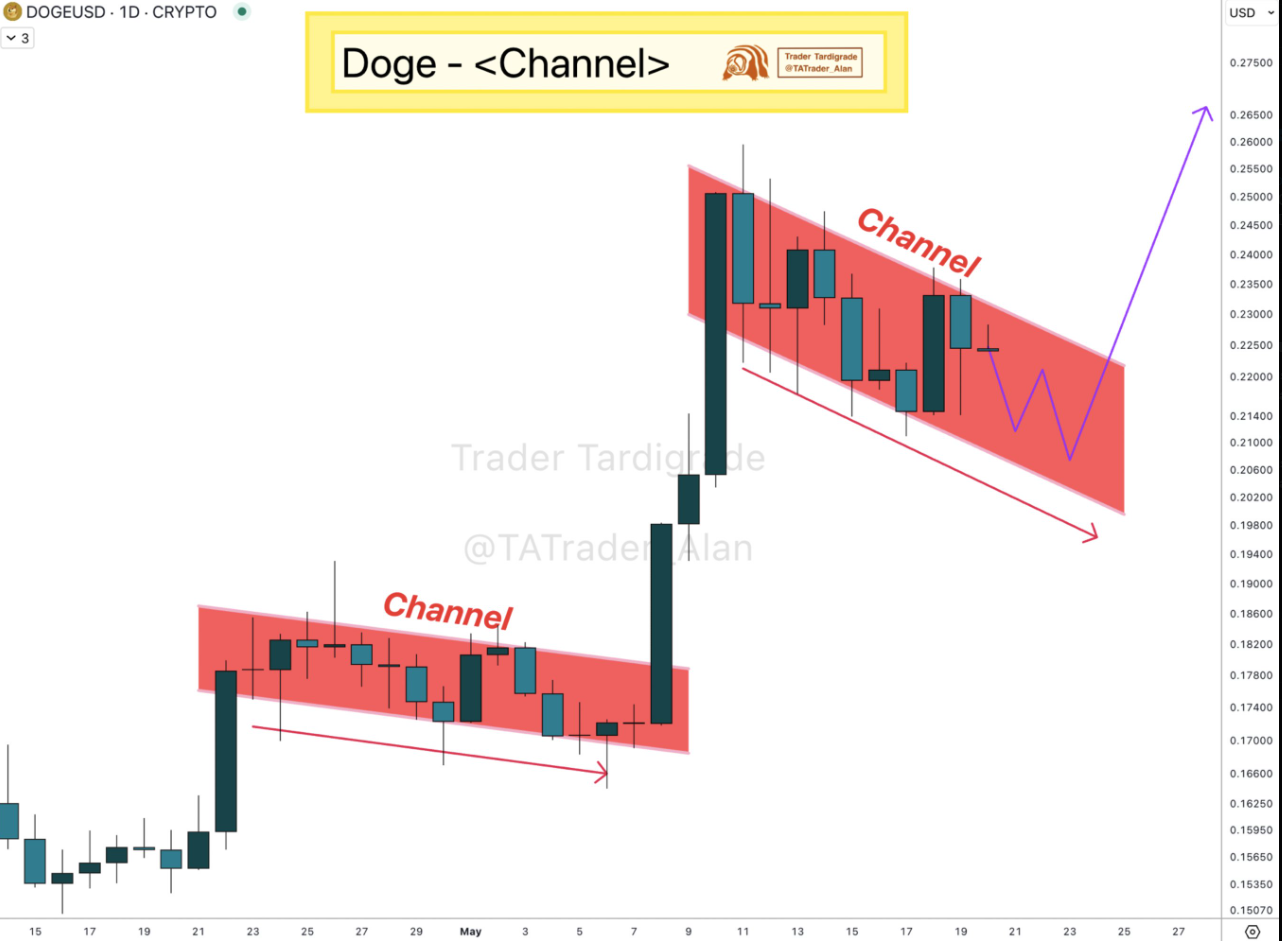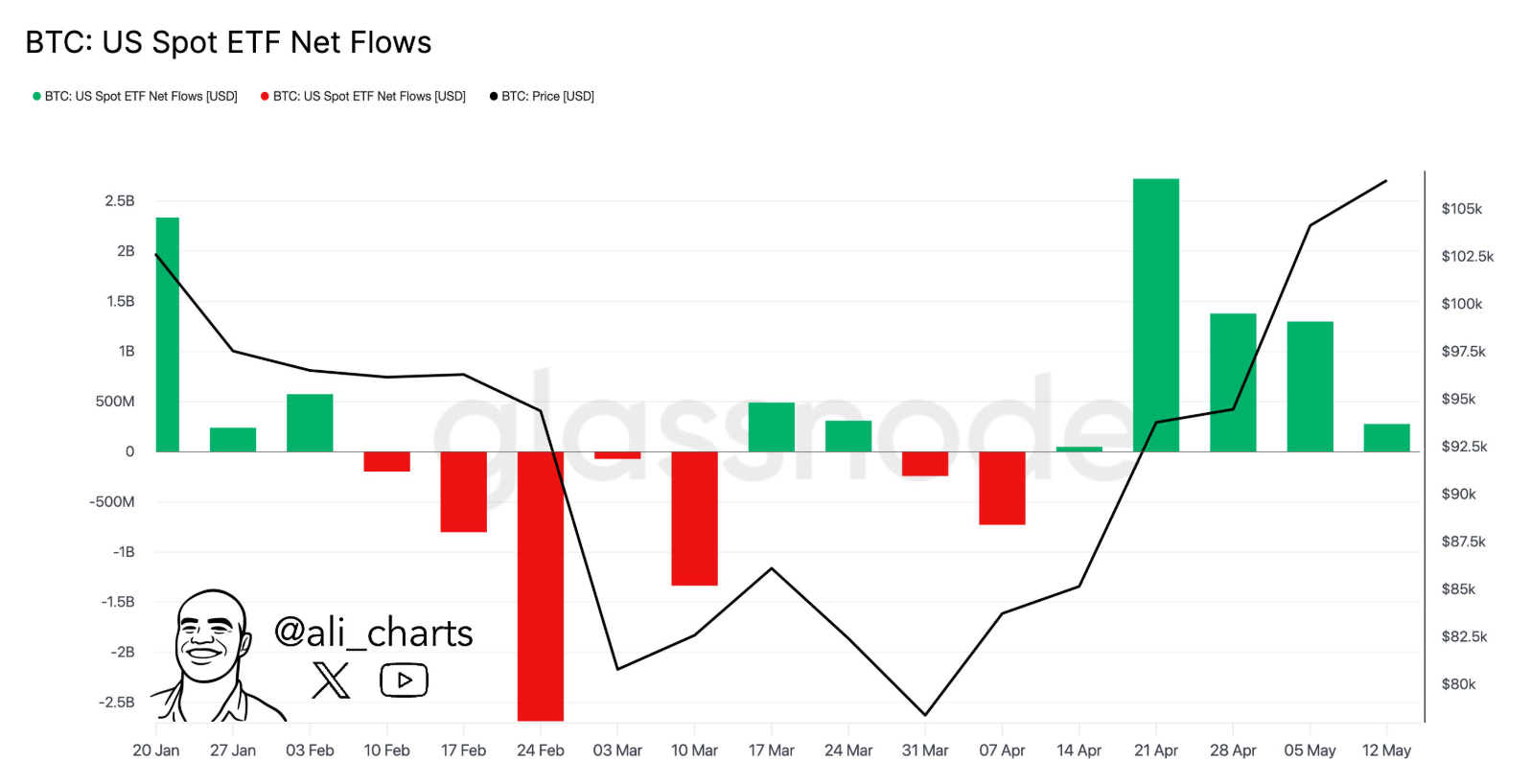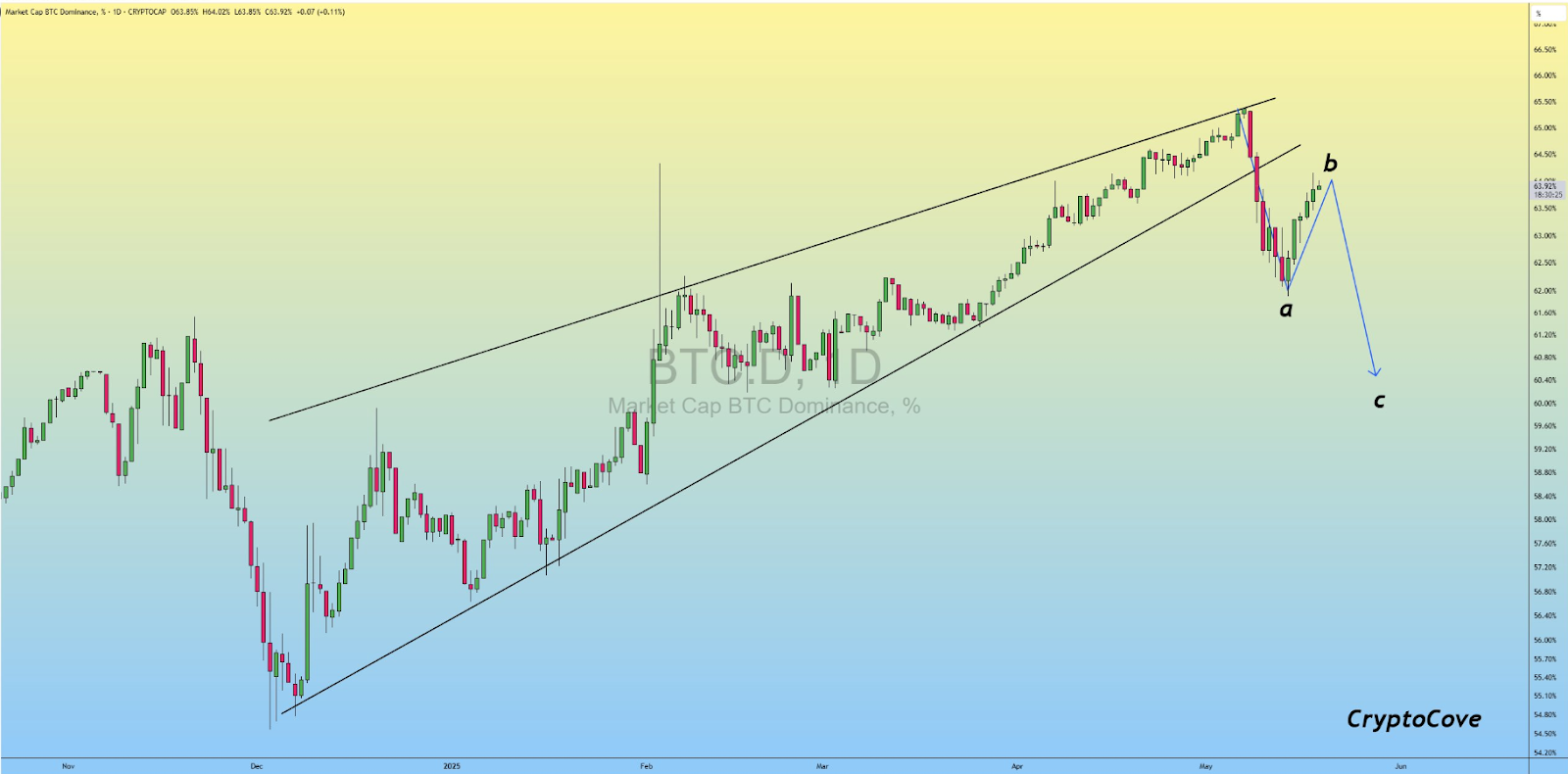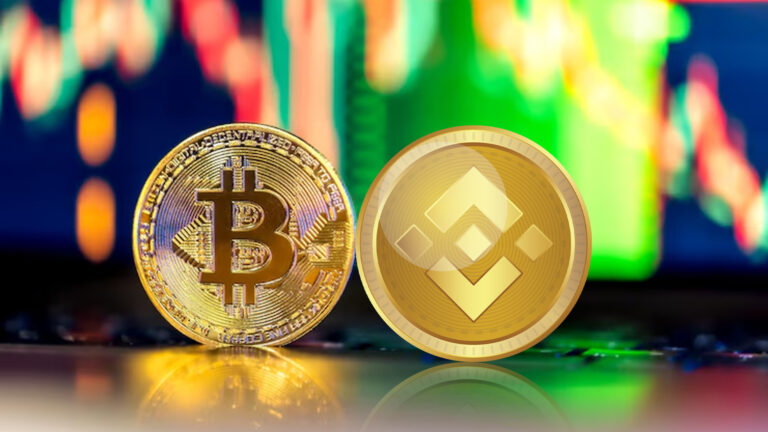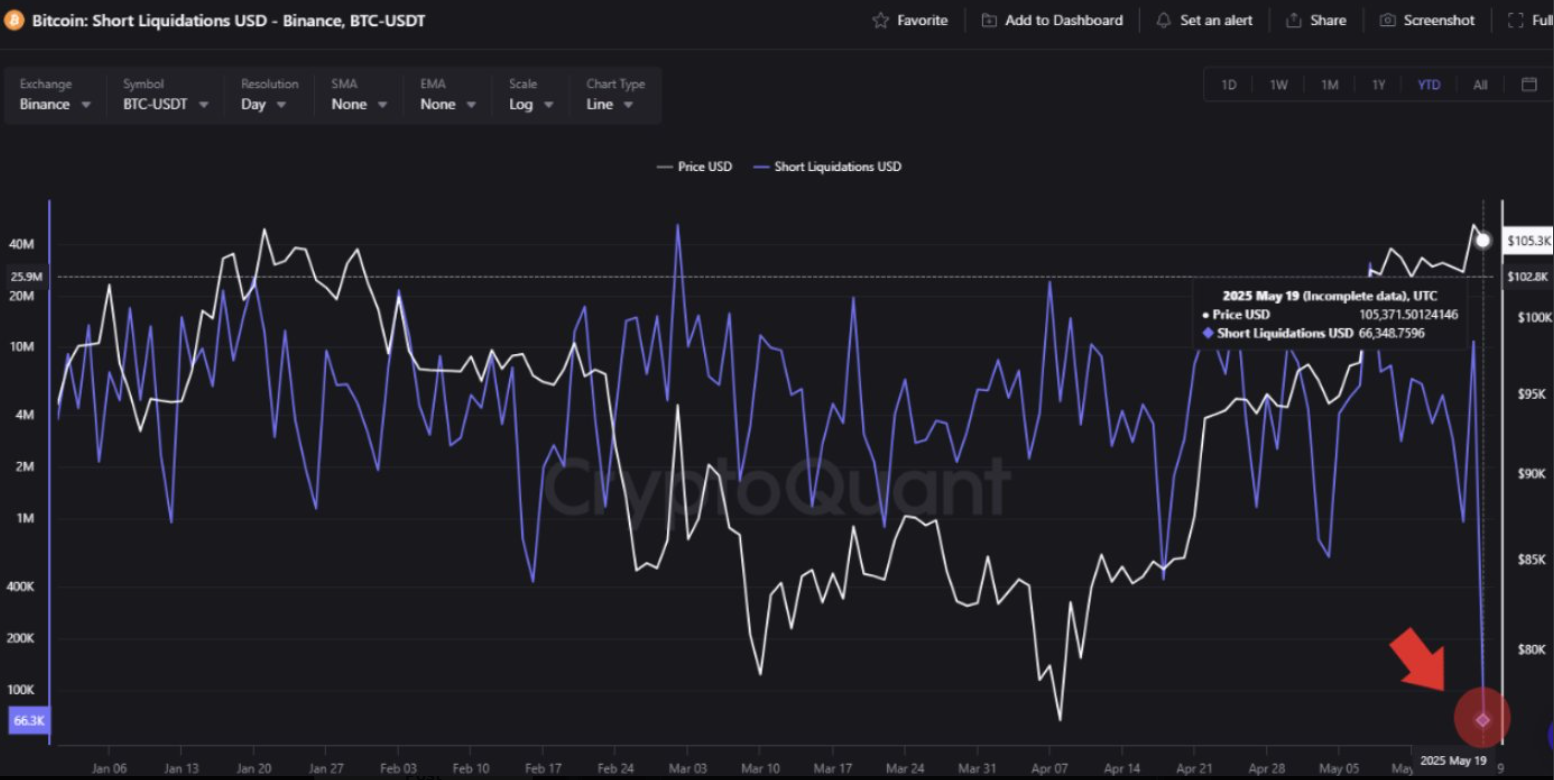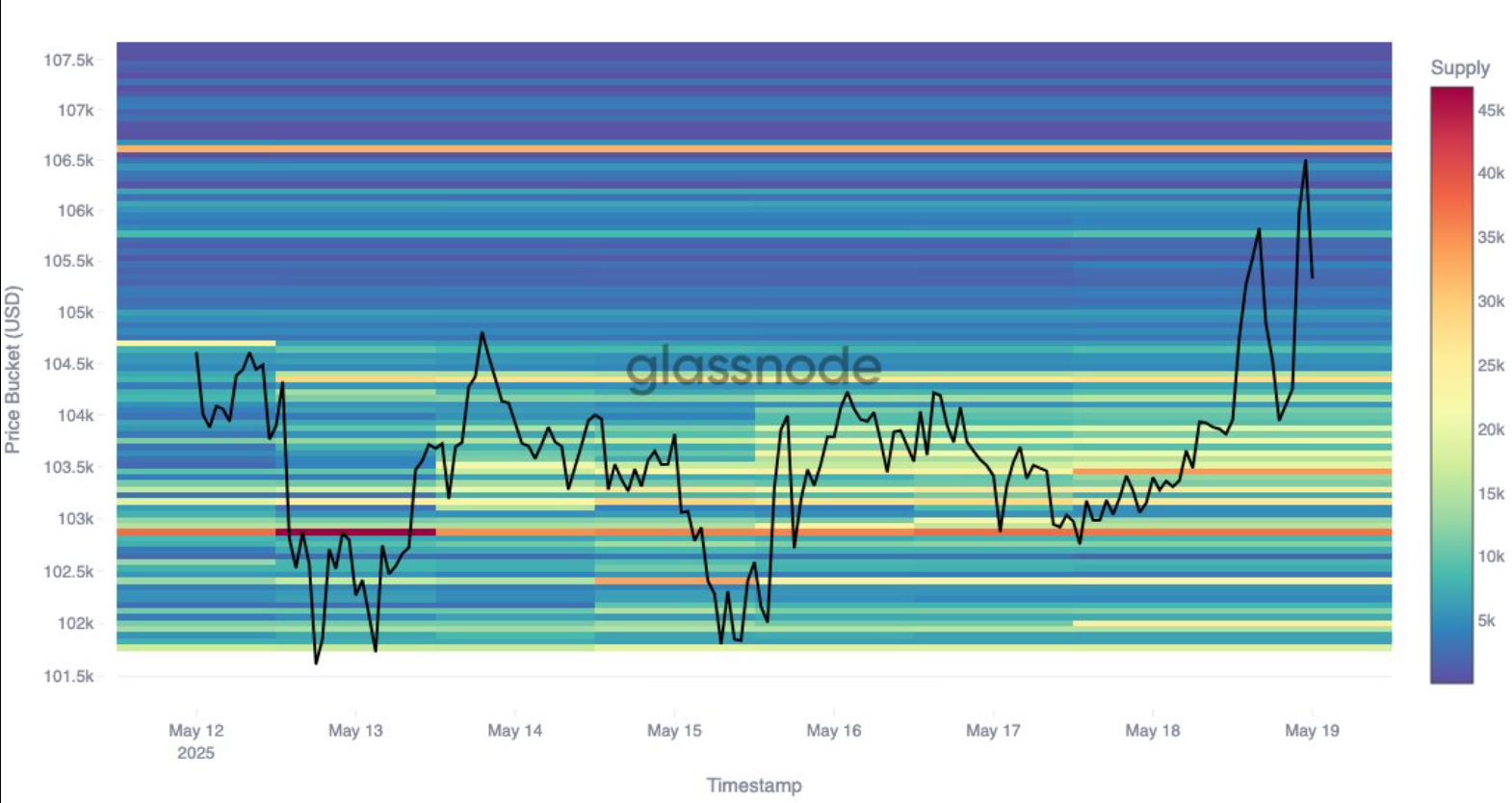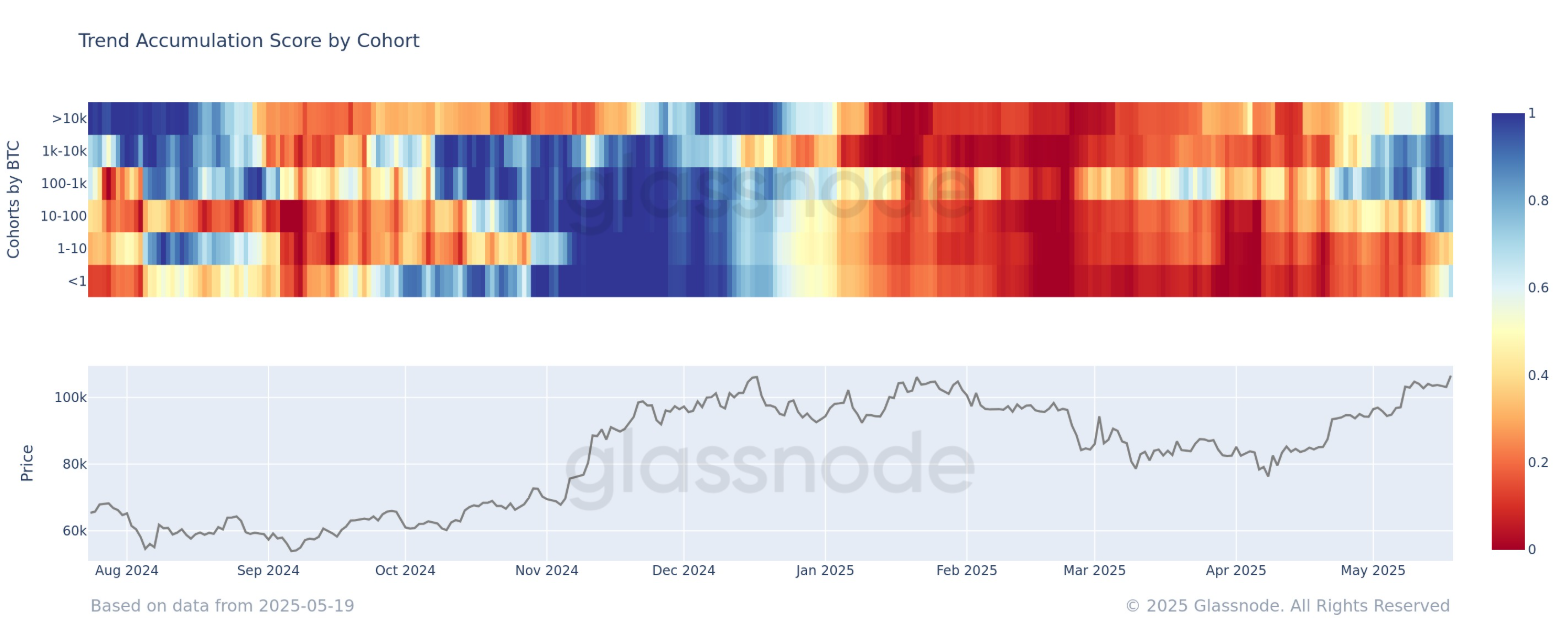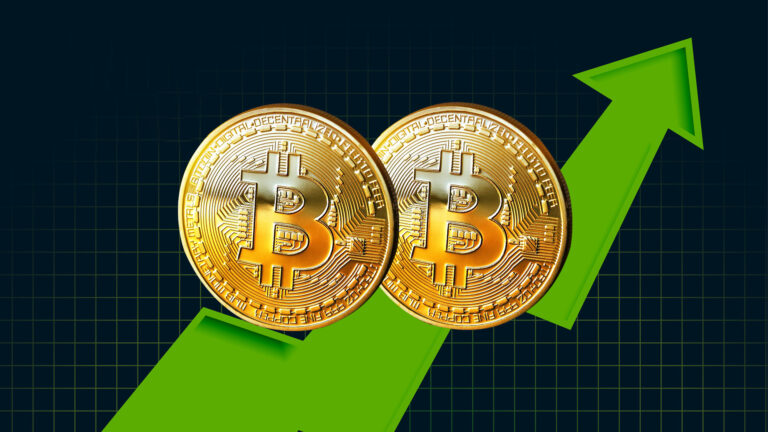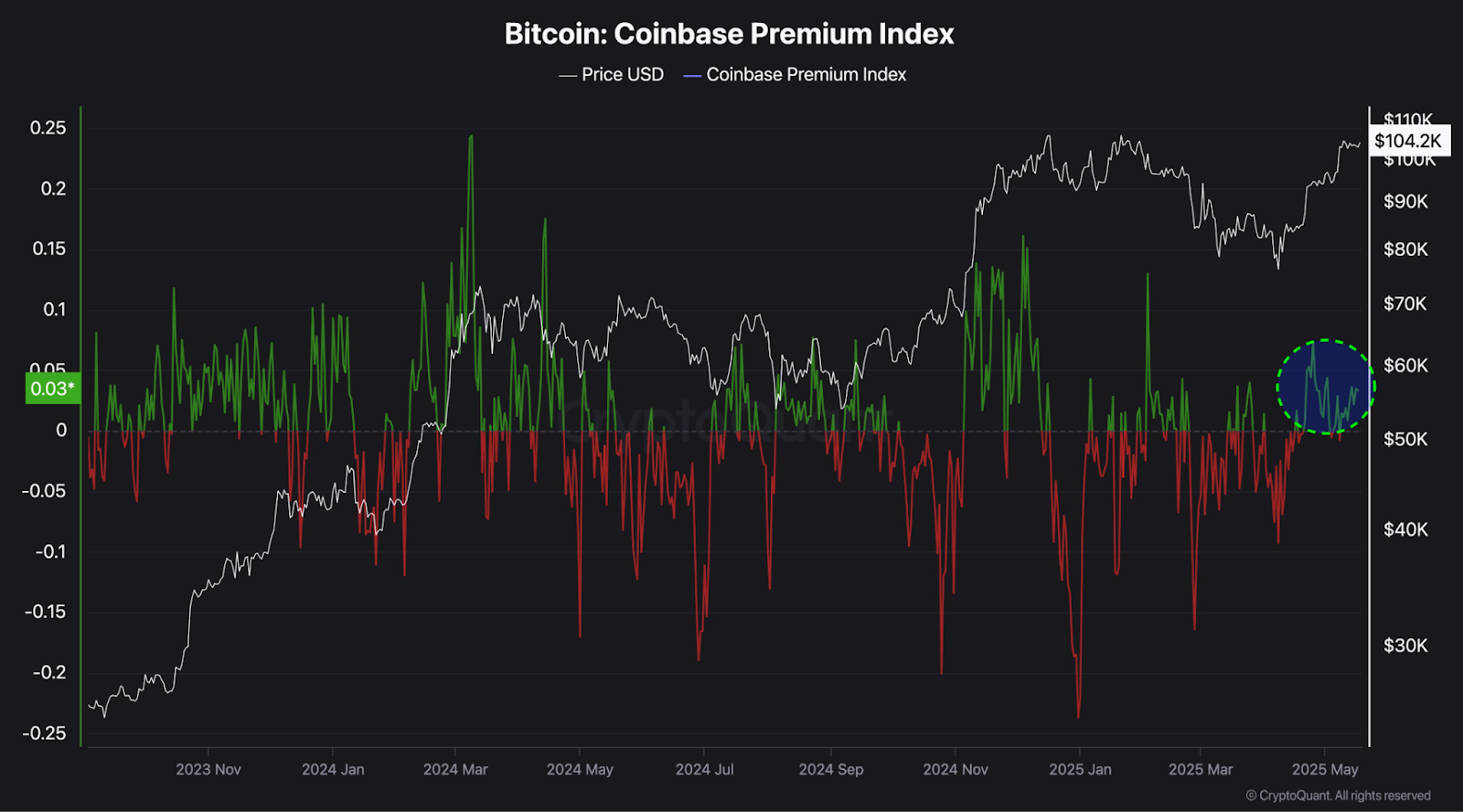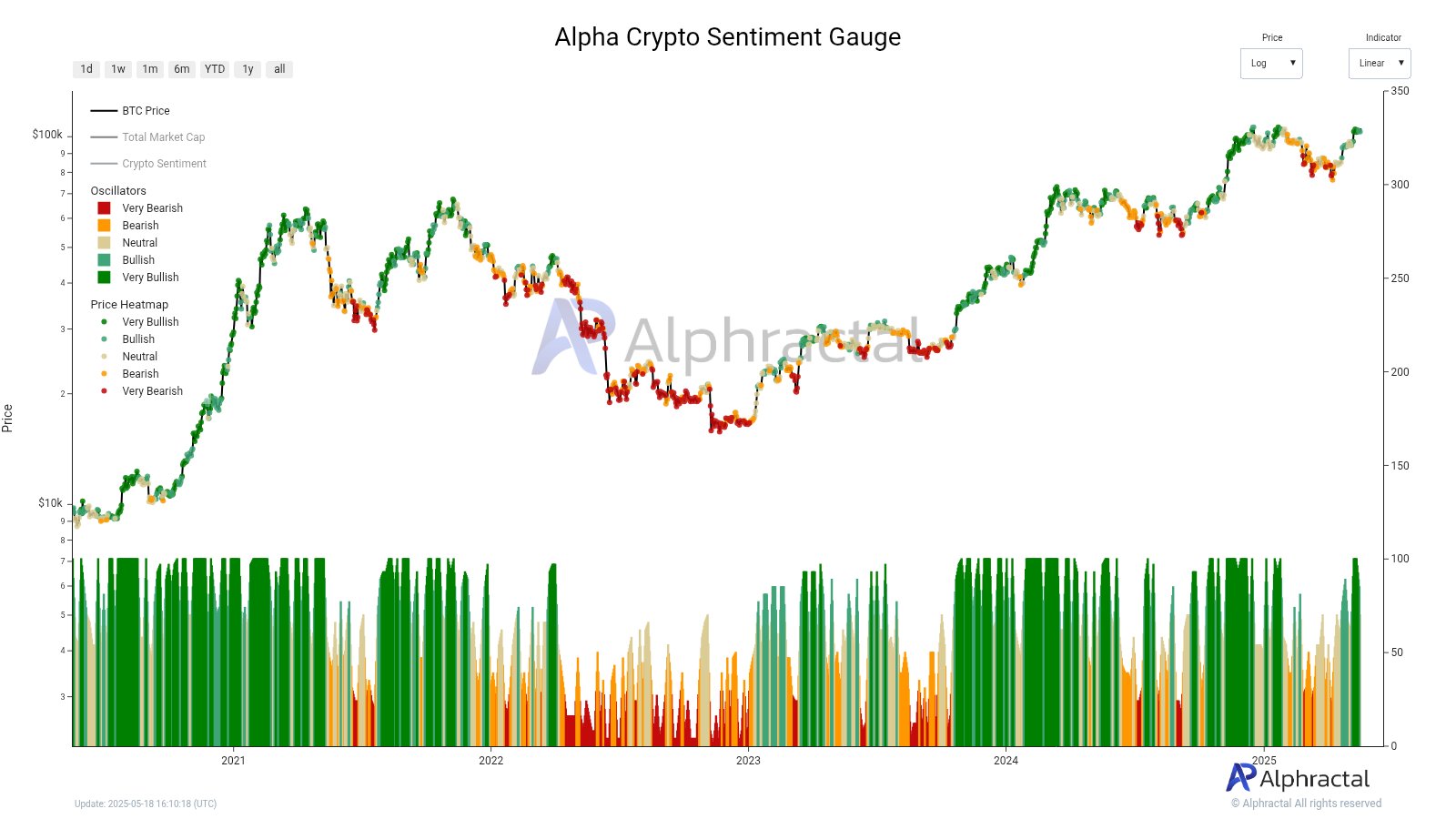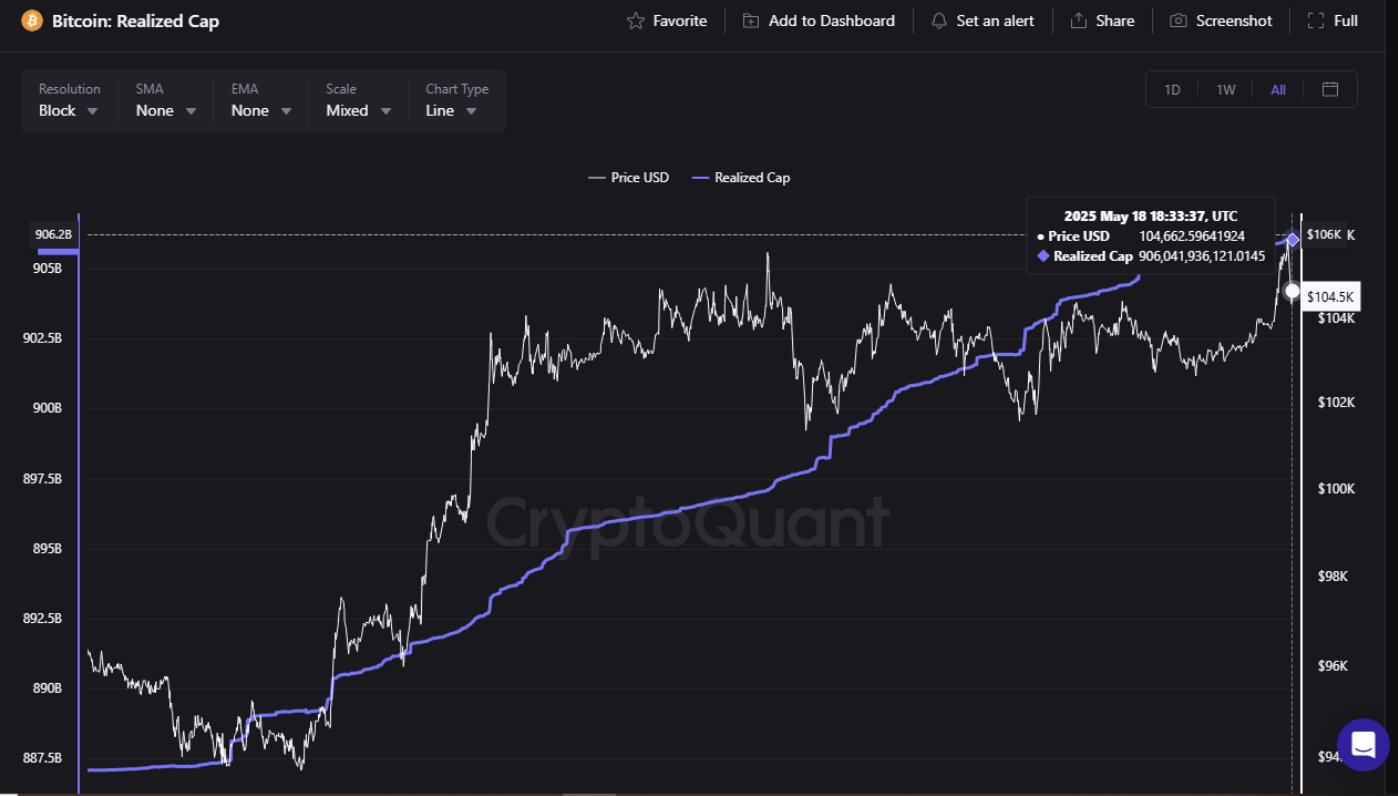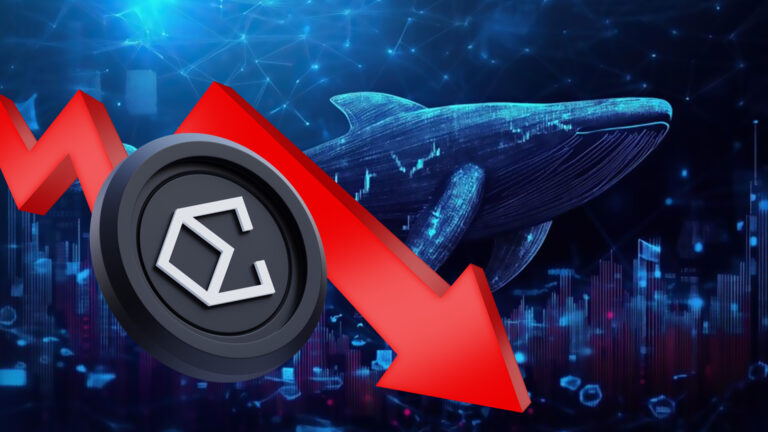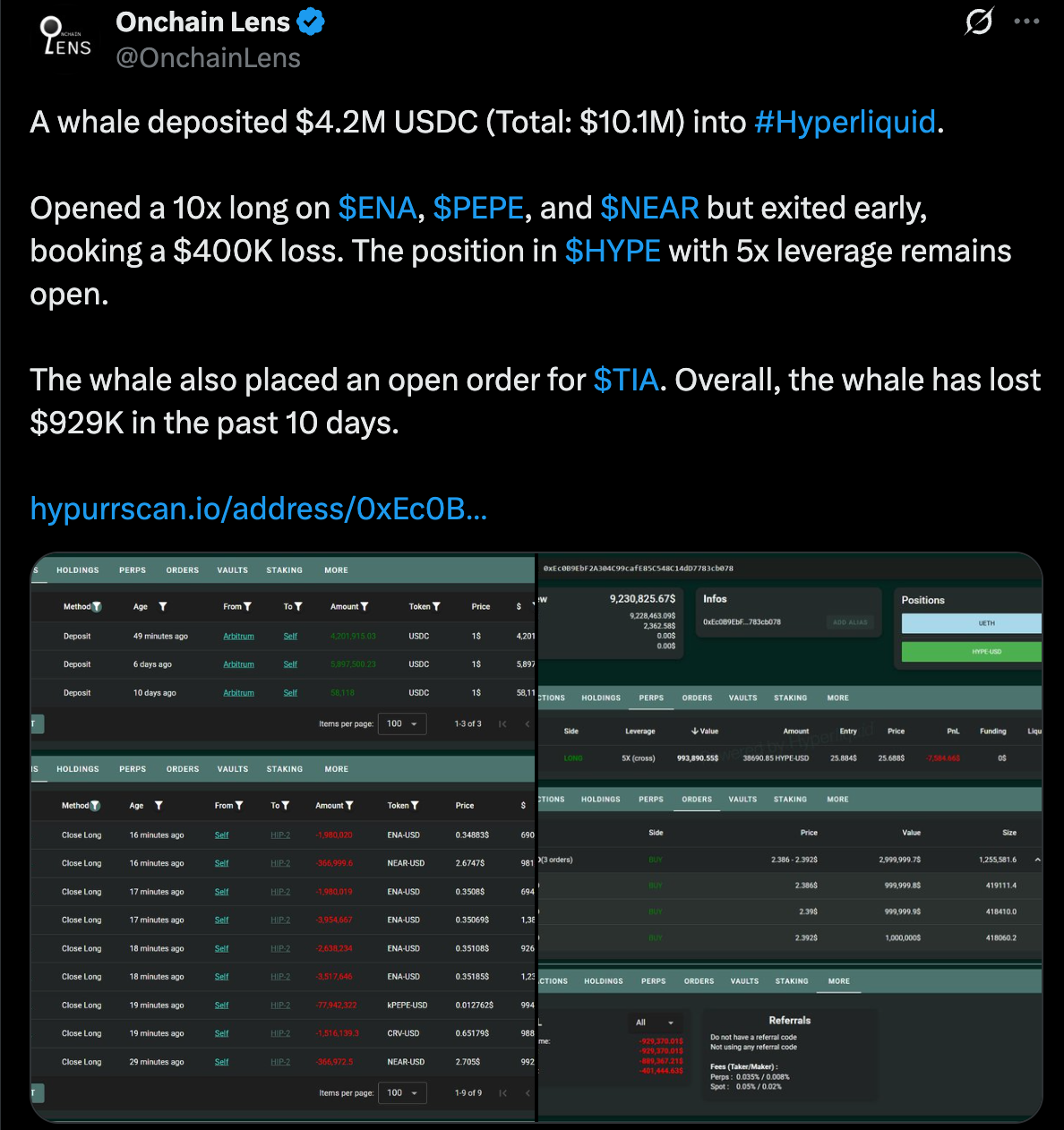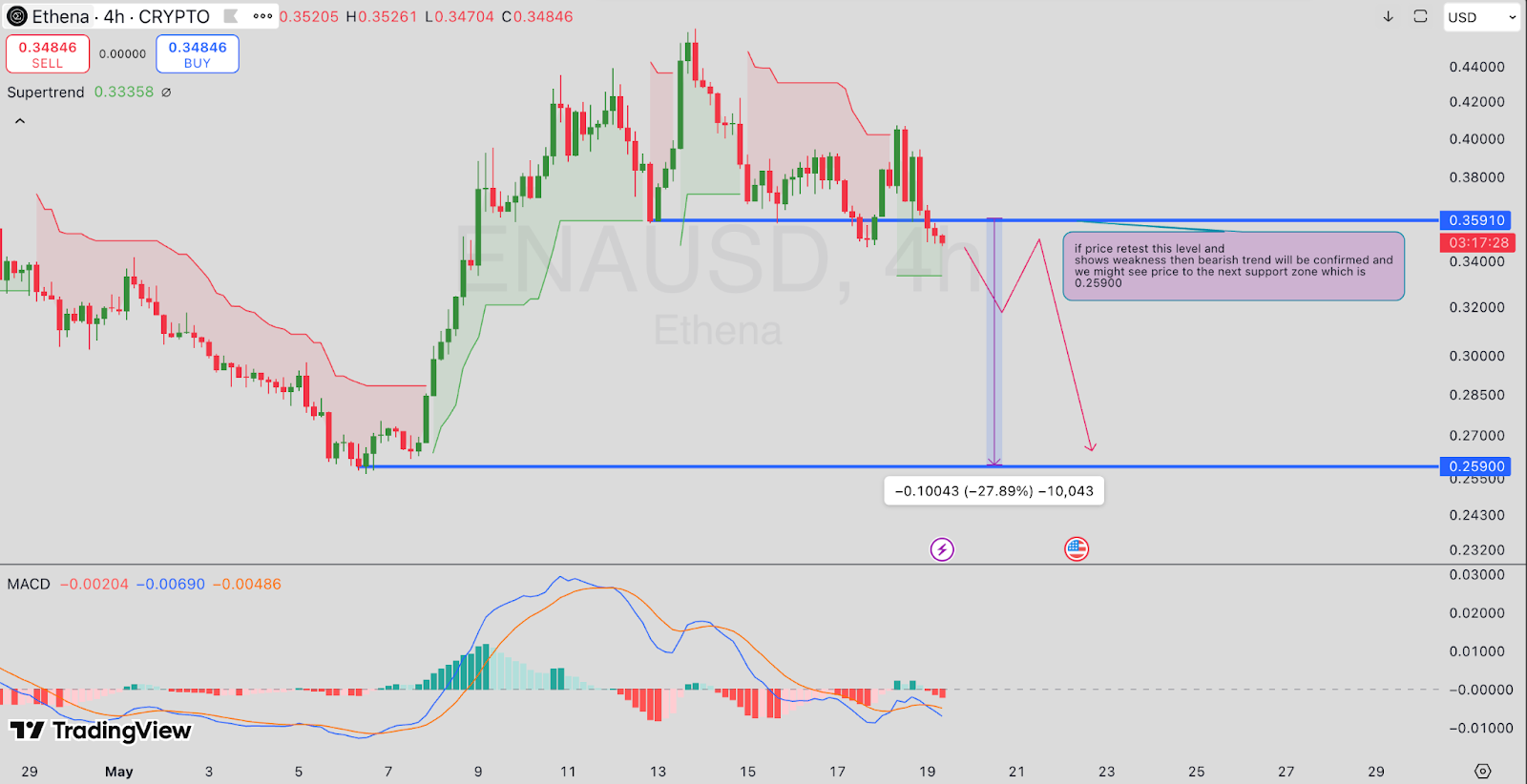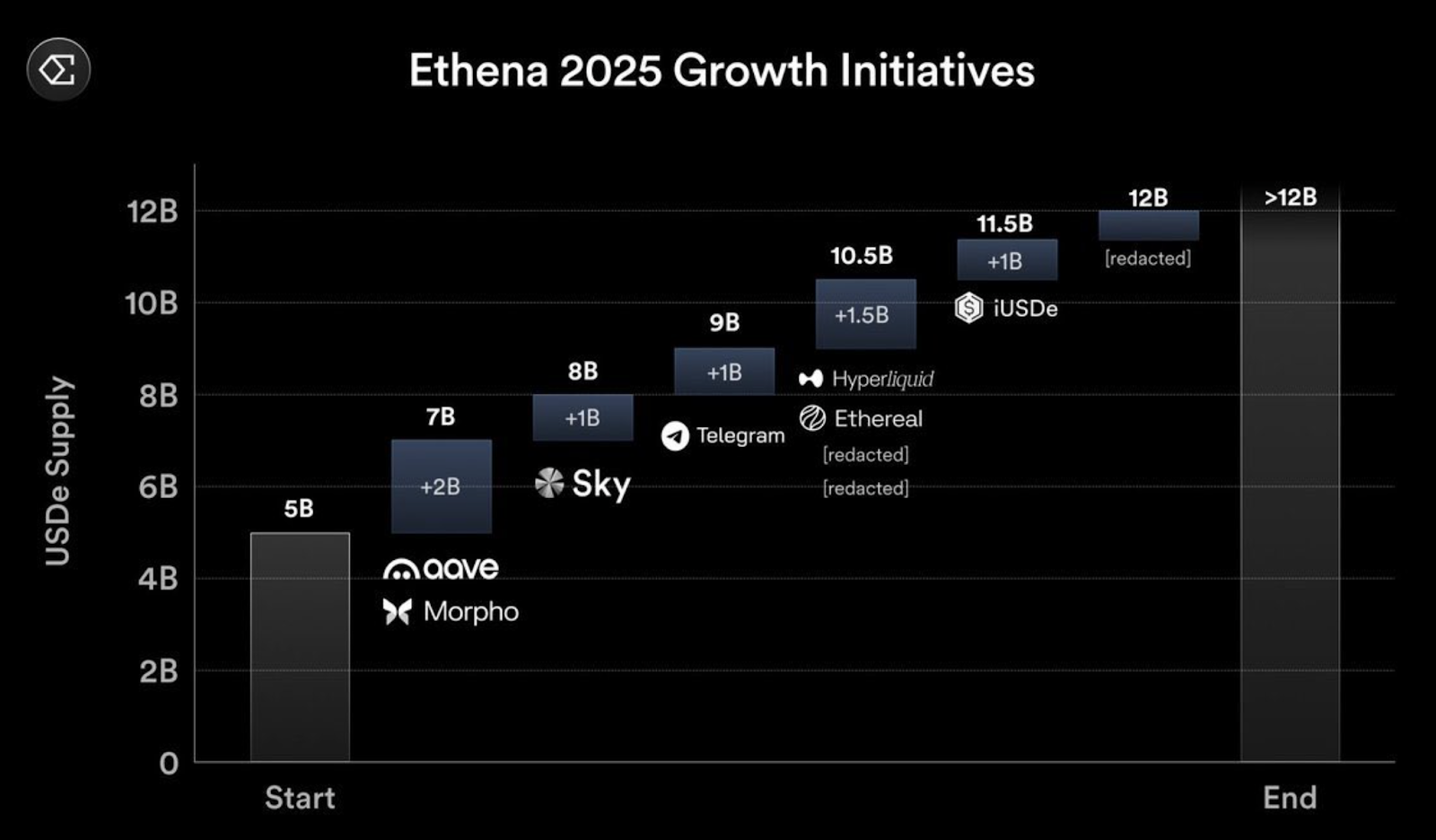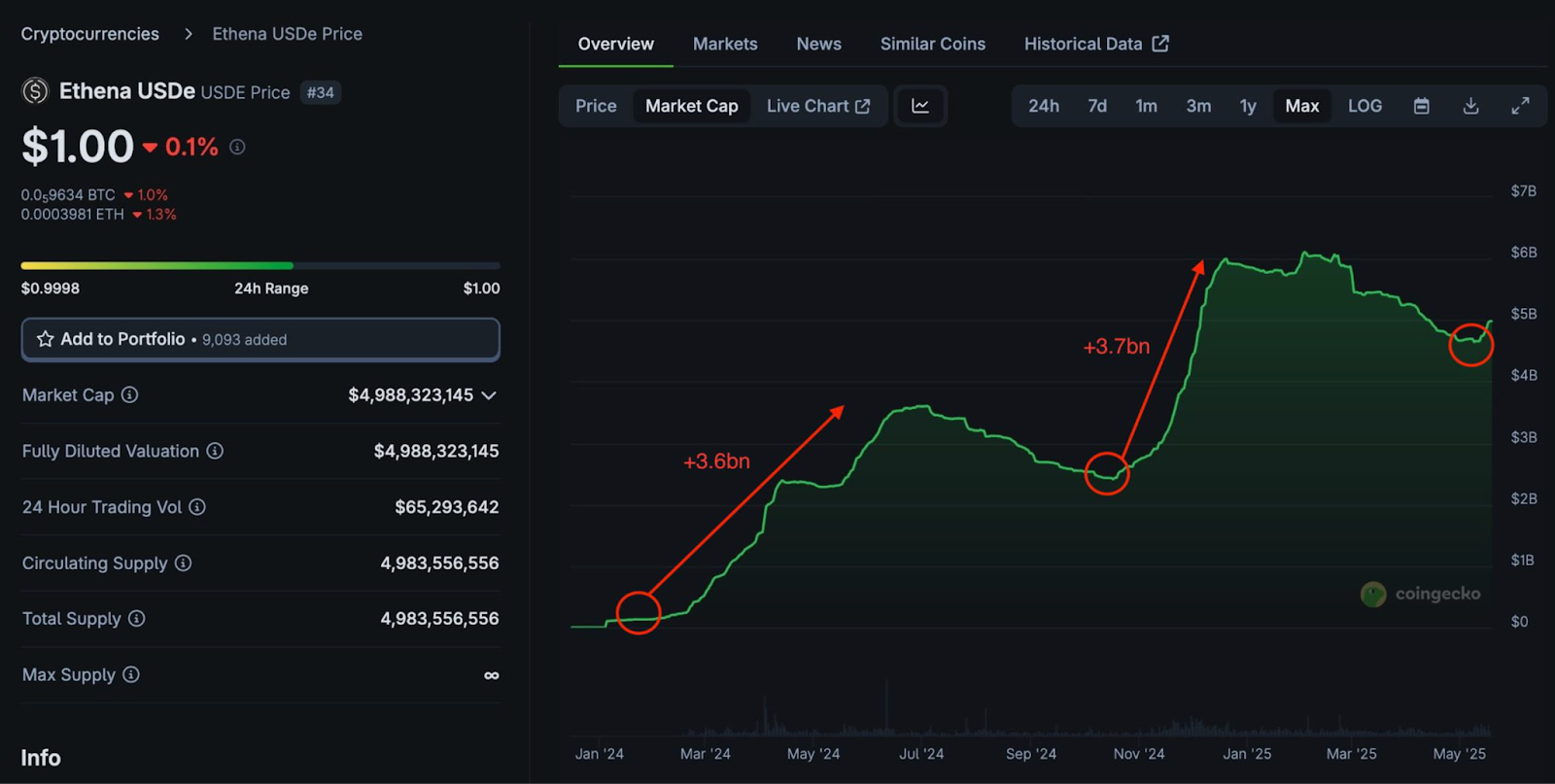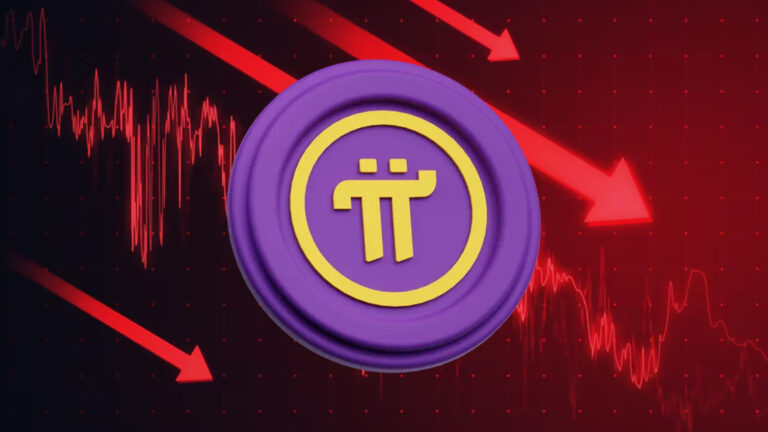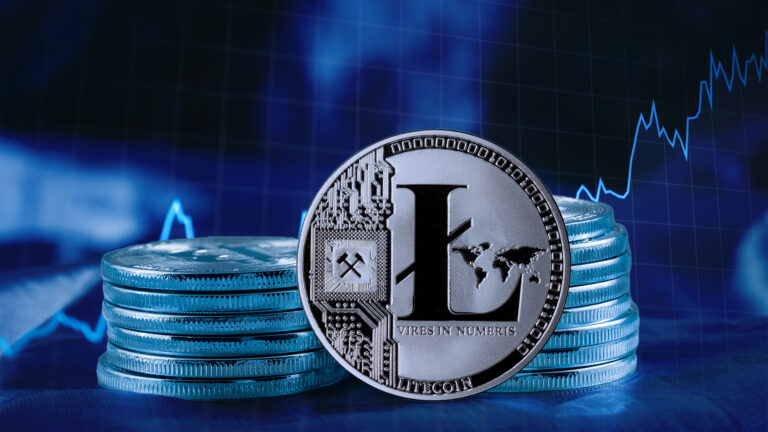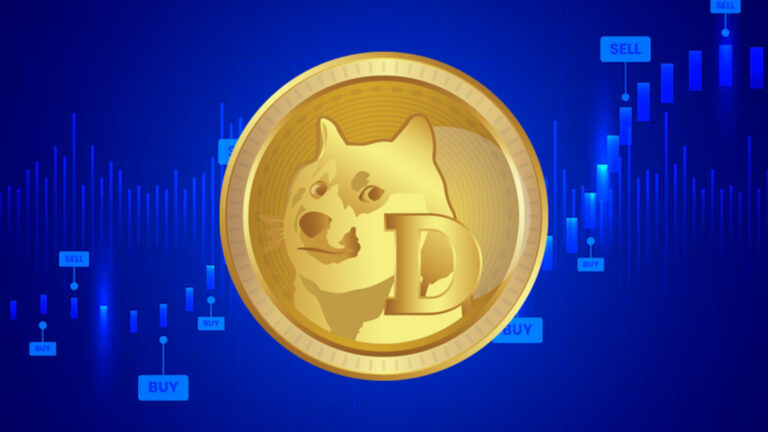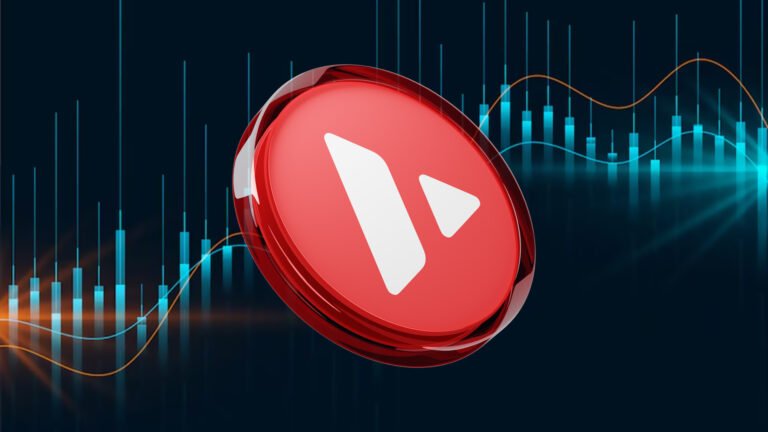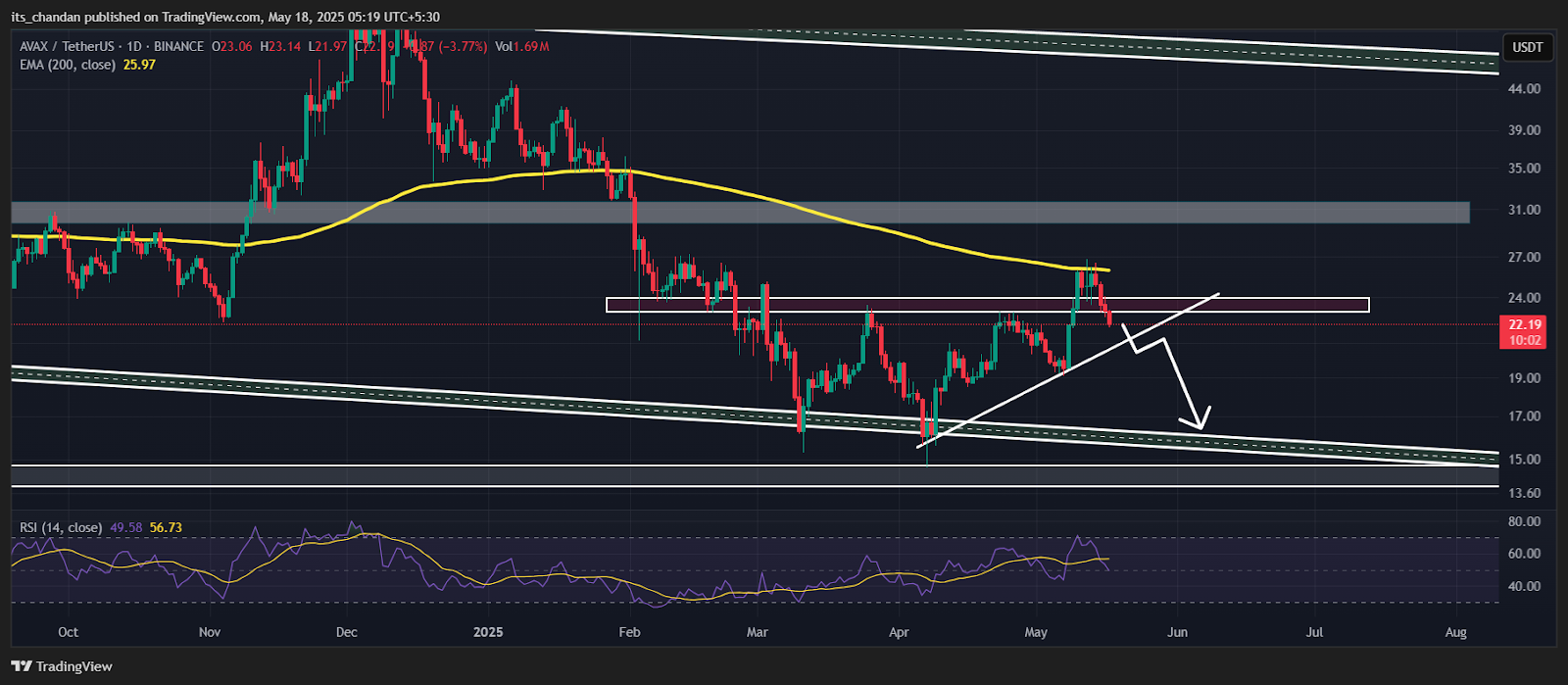Highlights:
- XRP price attempted a breakout at $2.44 but faced rejection and dropped back near the $2.35 support level.
- Large Ripple holders sold over 60 million XRP tokens worth $140 million within 72 hours.
- This sudden sell-off contrasts sharply with the April accumulation, when whales added over 900 million XRP tokens.
The XRP price attempted a breakout but faced strong rejection at $2.44, slipping back near key support at $2.35. In just 72 hours, large holders sold over 60 million XRP tokens, totaling $140 million. This shift in whale behavior sharply contrasts with the massive accumulation seen just weeks earlier.
Whale Activity Reverses Course After April Accumulation Spree
Ripple’s major token holders altered their strategy, quickly unloading millions of XRP. The recent selling contrasts with April’s large-scale purchases, when whales added more than 900 million XRP tokens. With the timing so unexpected, the market underwent a quick about-face.
While the overall XRP market cap remains near $140 billion, the $140 million sell-off stands out due to its speed. However, transactions at a record level occur in 72 hours and down the wall, impacting the overall market, creating downward pressure. In terms of volume, this selloff is the most significant in months.
These market players’ large-scale transactions affect price momentum. Prices tend to follow when whales relocate so quickly. The use of sentiment and sentiment-derived measures is most prominent when sentiment is mixed, volatility is high, and uncertainty is present.
XRP Price Sees Rejection at $2.44 Despite Positive Market Trend
XRP price rose sharply earlier today but reversed after reaching a high of $2.44, falling back near $2.35 support. Bitcoin reached new all-time highs, pulling many altcoins up, even as this movement occurred. XRP joined the rally but faced a violent rejection soon after testing the $2.44 level.
Despite the drop, the XRP price still shows signs of maintaining an uptrend, supported by critical levels near $2.30. The current session shows XRP trading at $2.39899, reflecting a modest daily gain of 1.76%. In 24 hours, prices varied from $2.33200 to $2.42996 on the Bitstamp exchange.
Bullish and Bearish indicators prevail. The RSI is high at 54.78 and in neutral territory with room to the upside. However, the RSI’s moving average is slightly higher at 59.72, which hints that progress is still being made in a bullish direction.
Technical Indicators Show Mixed XRP Signals
XRP price movement has been volatile, but indicators show possible continuation if buying resumes. MACD has a slight bearish divergence, with the indicator line 0.05426 lower than the signal line 0.06242. A tiny negative histogram reading of -0.00816 signals weakening short-term momentum.
Nevertheless, this divergence isn’t a final confirmation of which way the pendulum might swing, and it does not yet exclude the probability of consolidation before another move.
At 35.71%, the Aroon Up and Aroon Down values at 0.00% are nearly moderate on the bullish pattern. While the trend is still slightly bullish, recent highs look relatively new compared to recent lows.
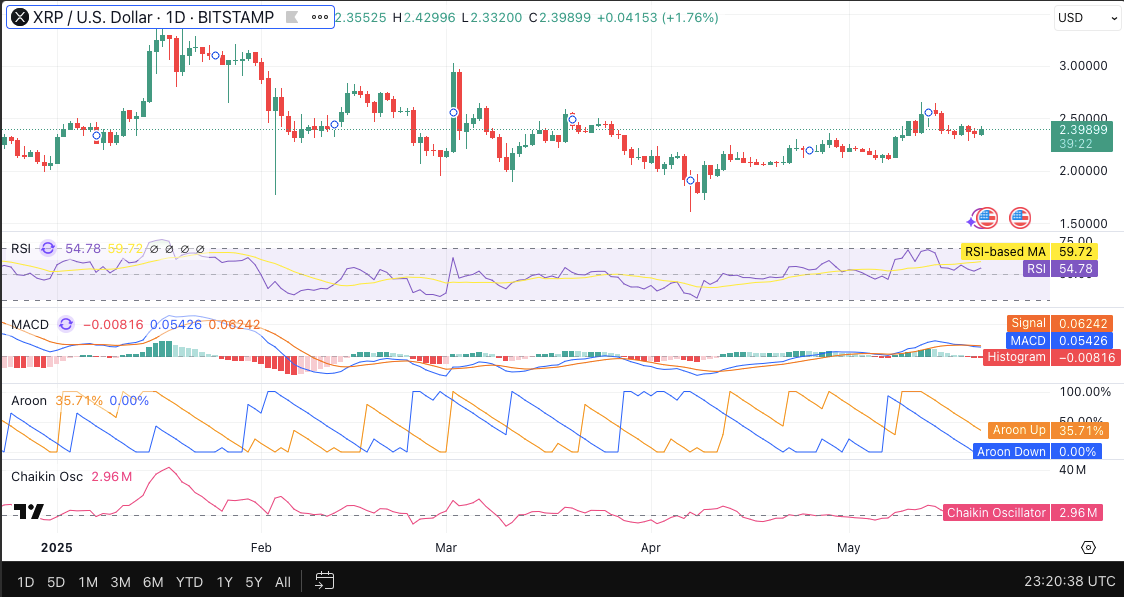
To extend this further, the Chaikin Oscillator of 2.96 million also supports potential upside. This reflects ongoing capital inflow into XRP, strengthening the possibility of renewed upward pressure. While short-term signals are mixed, the bigger structure stays intact above this key support.
Futures Market Shows Persistent Confidence in XRP
The XRP price has remained volatile, yet XRP futures show strong participation and high open interest. As CoinGlass data confirms, open interest on those contracts surged from under $1 billion to over $6 billion from November to March. This rise mirrors XRP’s price increase and highlights growing engagement in the derivatives market.

During XRP’s rally past $3.00, open interest reached its highest and then steadied as prices hovered between $2.00 and $2.50. The latest correction is certainly there, but open interest still stays high, which indicates persistent capital allocation and long-term positioning. This persistence signals confidence in XRP’s continued relevance in the crypto market.
XRP price action still aligns with broader patterns of accumulation and resistance testing seen across major altcoins. Whale movements triggered selling pressure, but traders on derivatives hold a brighter outlook.


